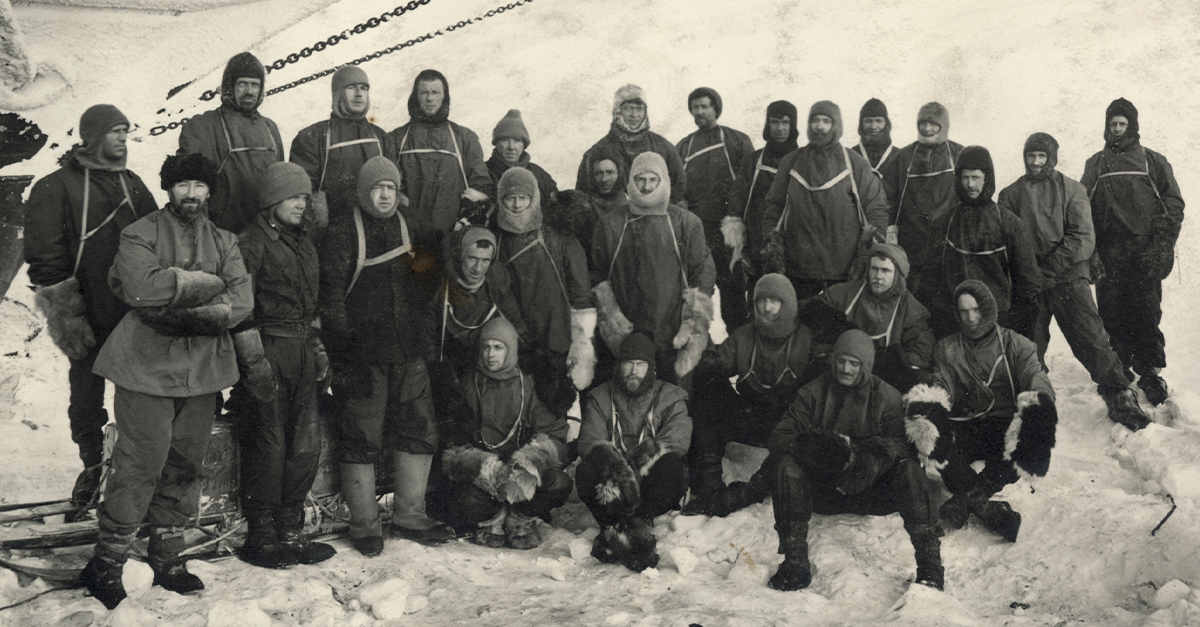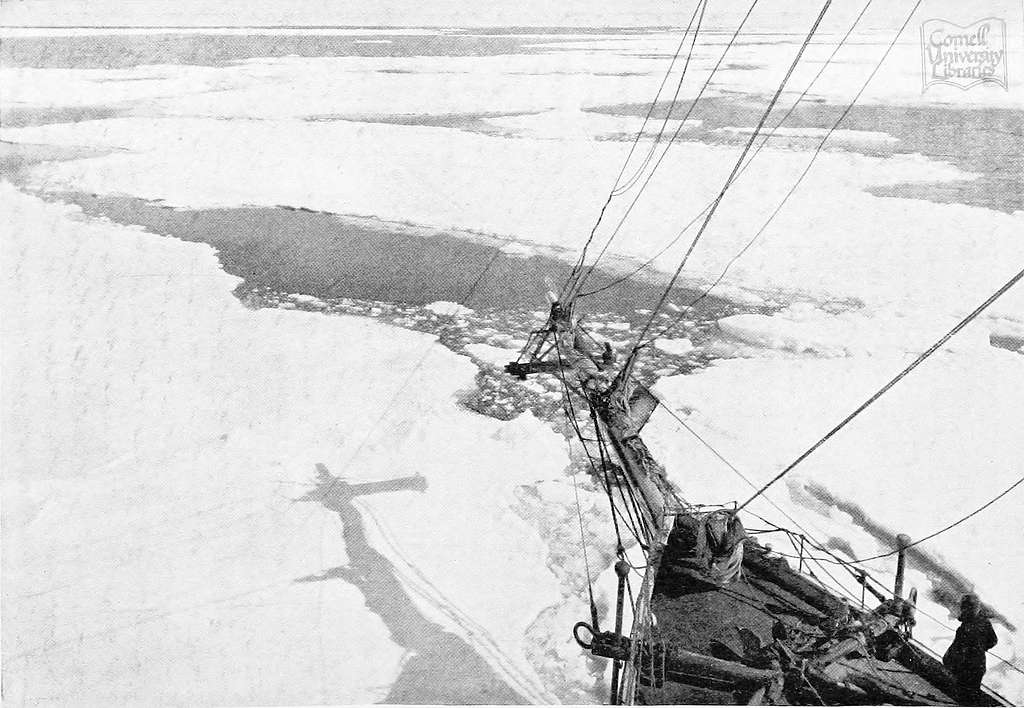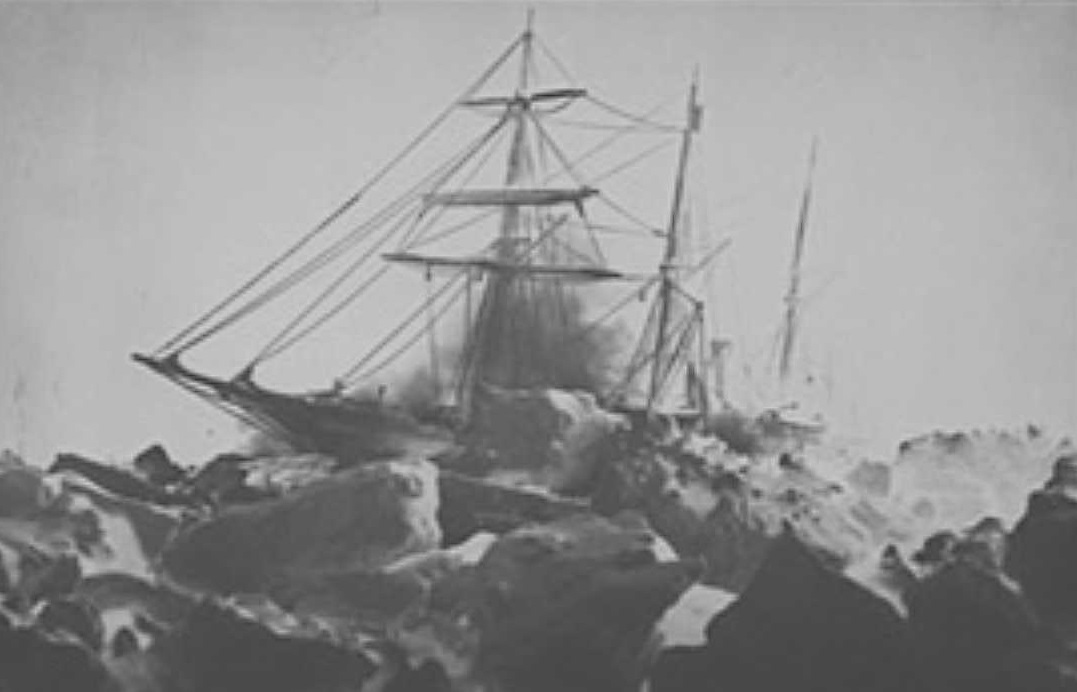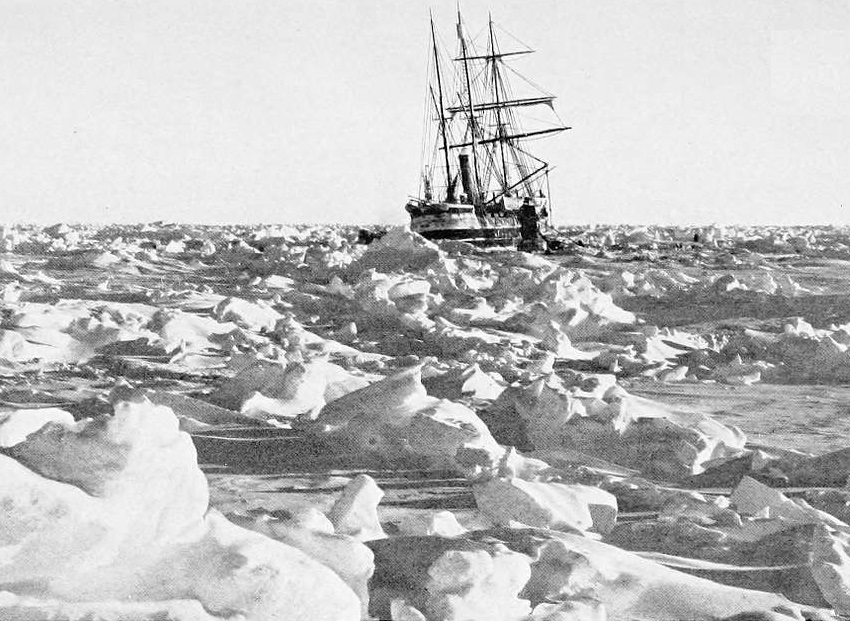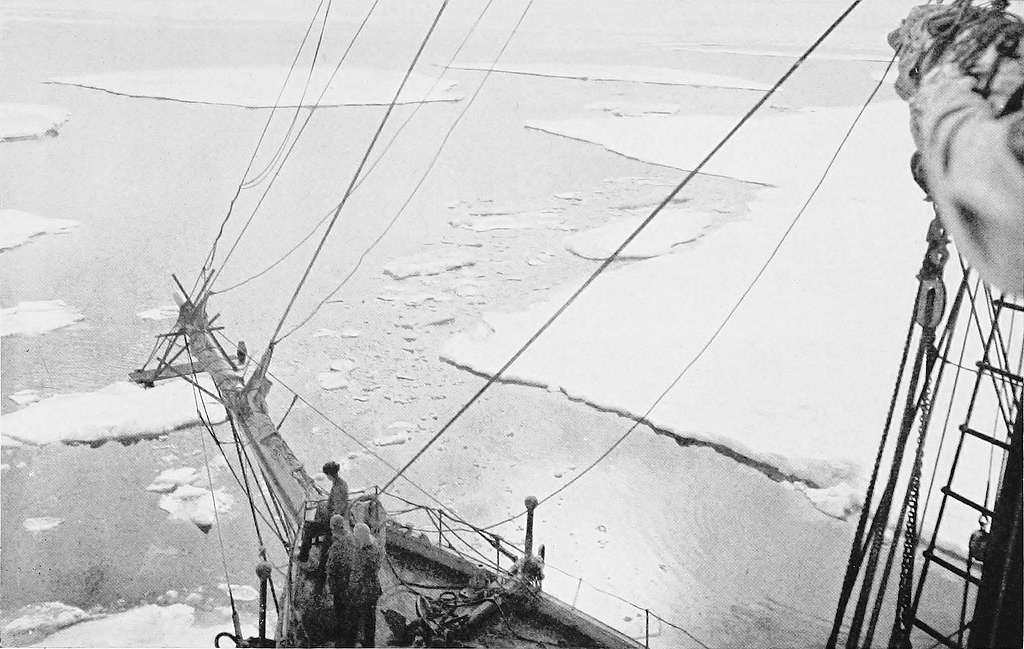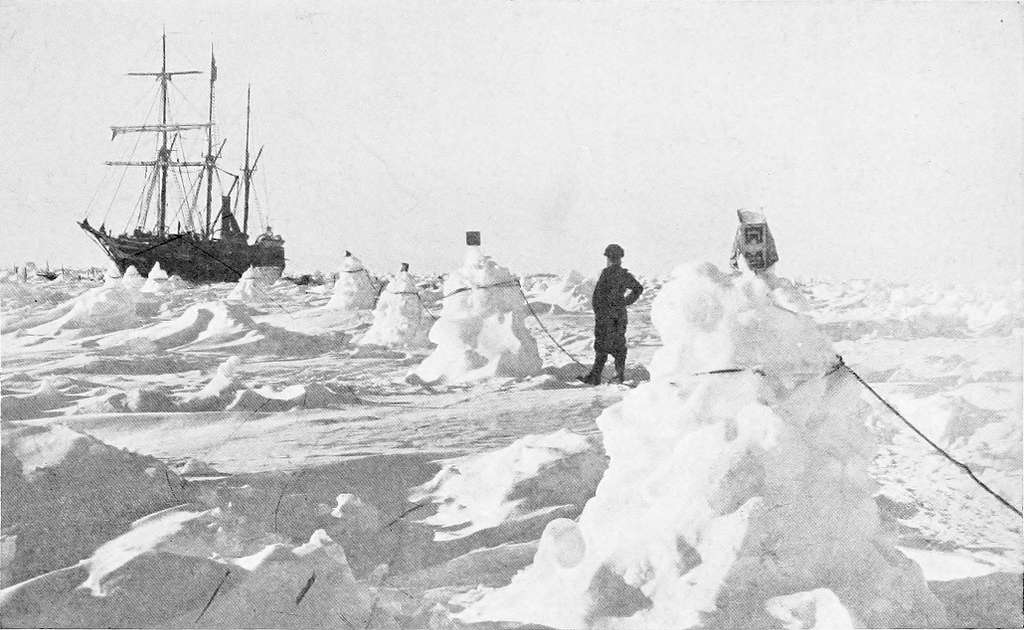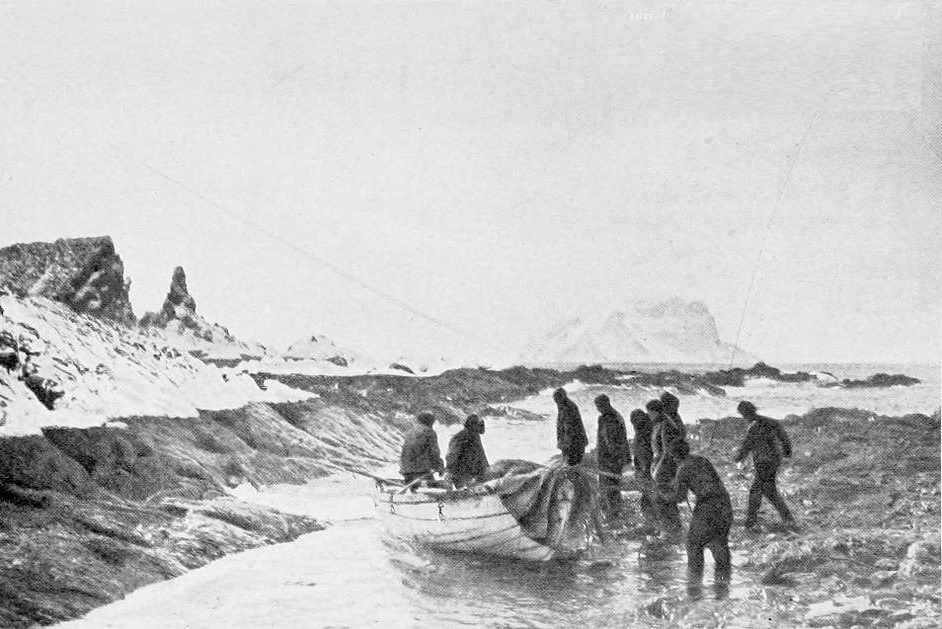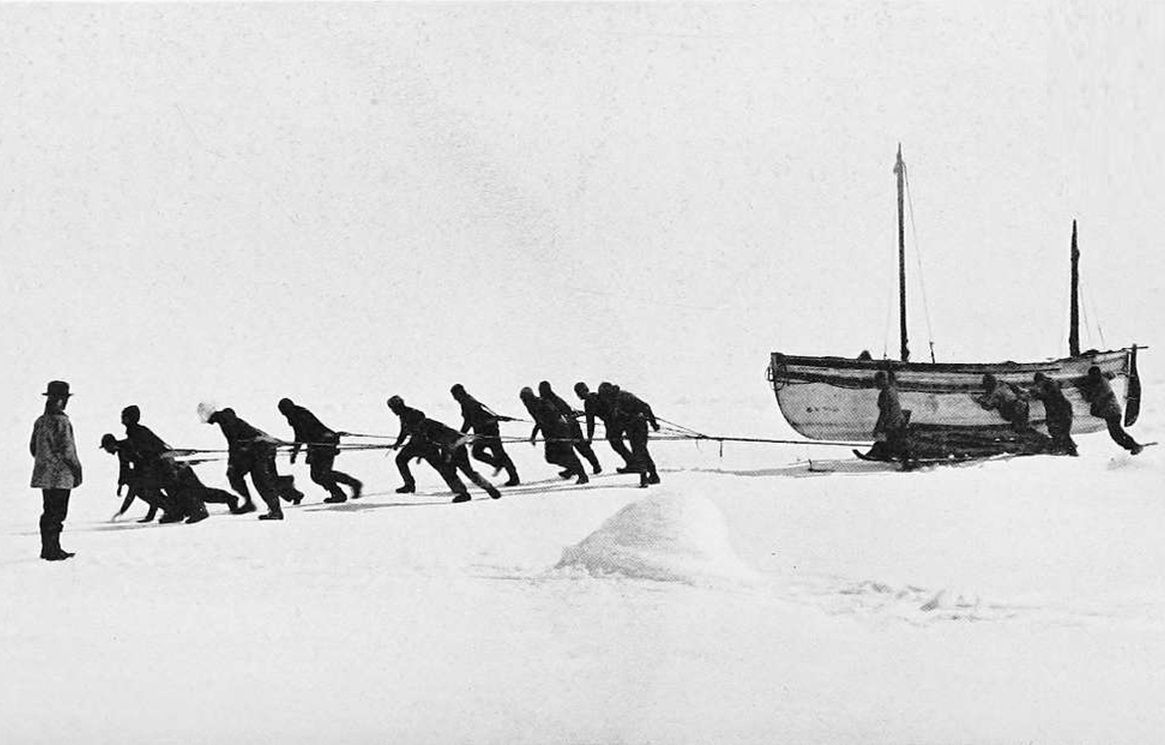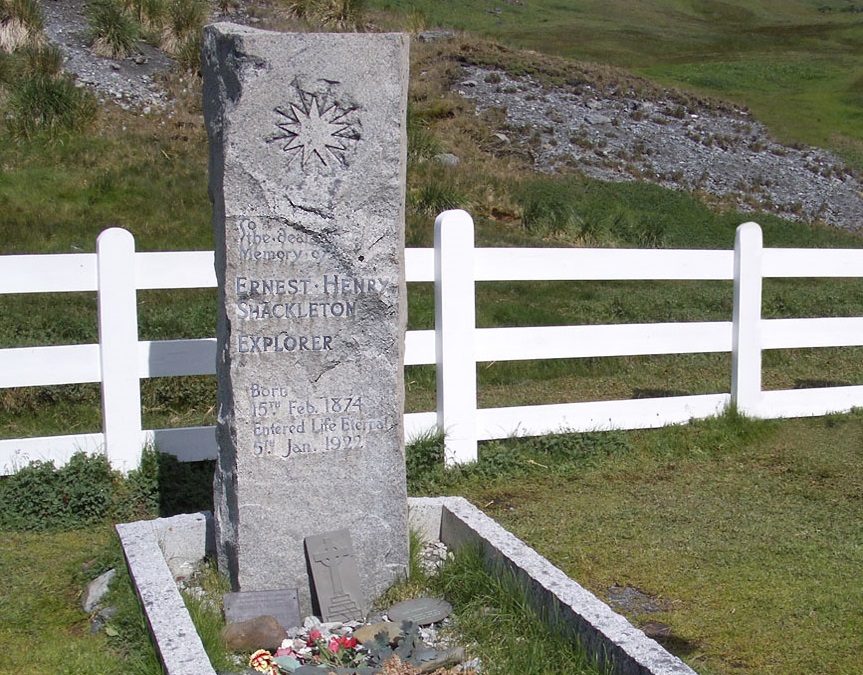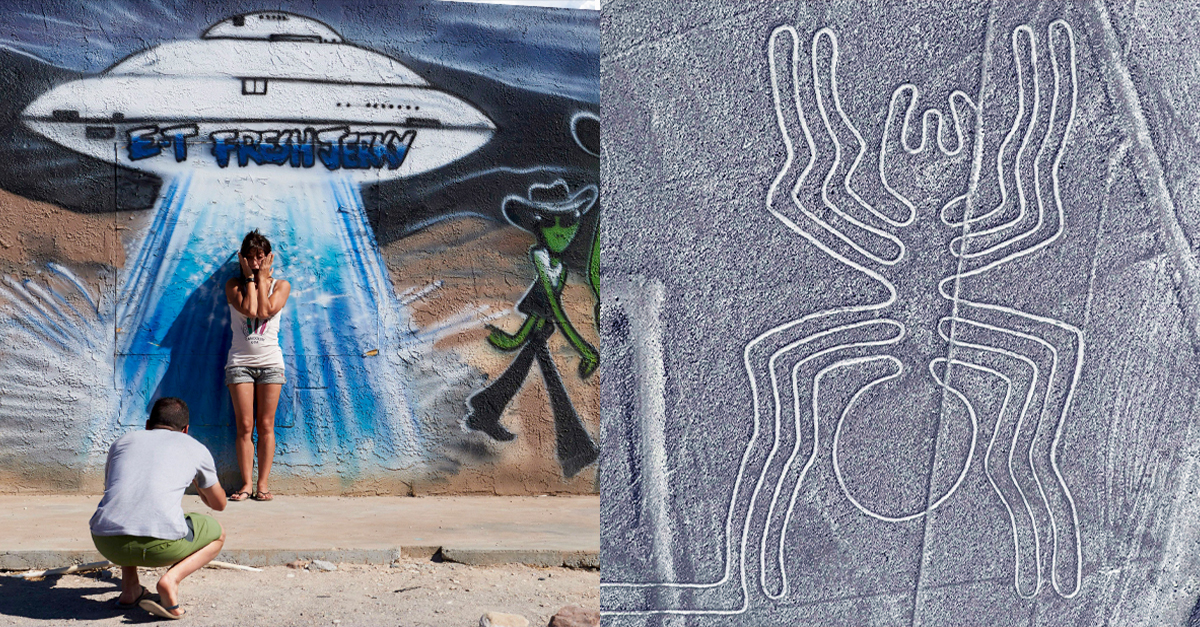History's Most Incredible Survival Story
There have been many incredible expeditions throughout history—but perhaps, above all, there is one that truly showcases the strength of the human spirit and the fight to survive no matter how hard the circumstances may be.
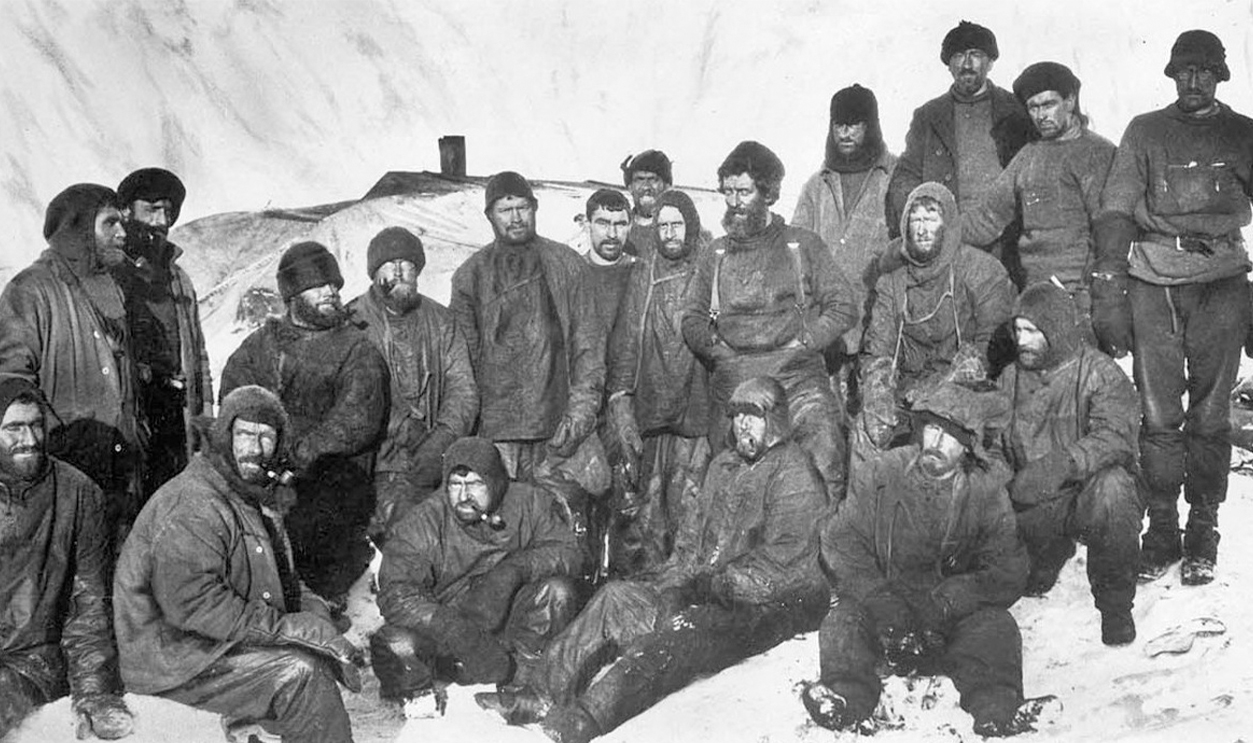
The Fearless Leader
This is the unbelievable story of the which took place from 1914 to 1917. This doomed adventure was the brainchild of Sir Ernest Shackleton whose impressive reputation preceded him.
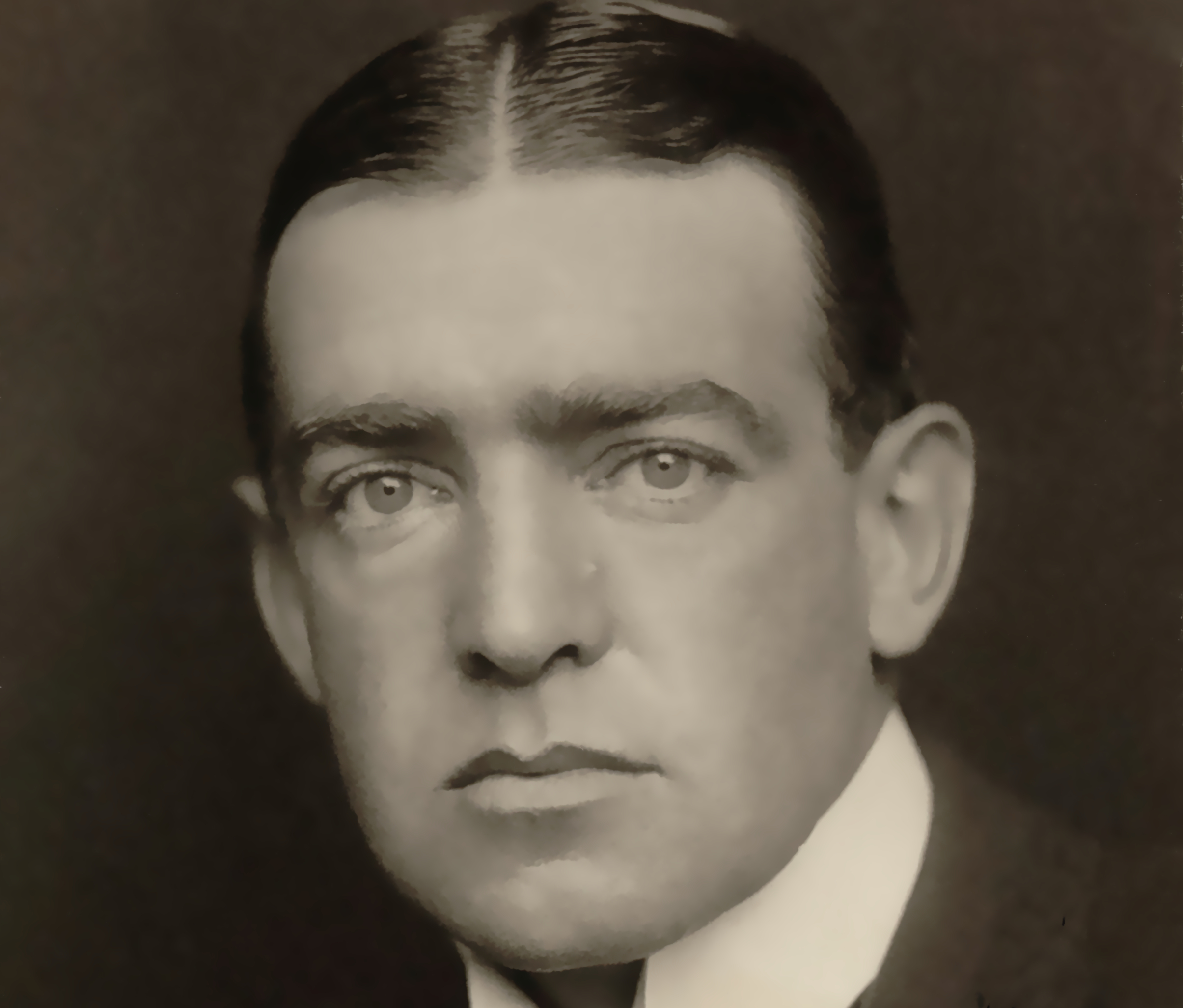 George Charles Beresford, Wikimedia Commons
George Charles Beresford, Wikimedia Commons
The Fearless Leader
When it came to risky expeditions, this certainly wasn't Shackleton's first time at the rodeo. After all, the Anglo-Irish explorer had already been to the Antarctic—twice.
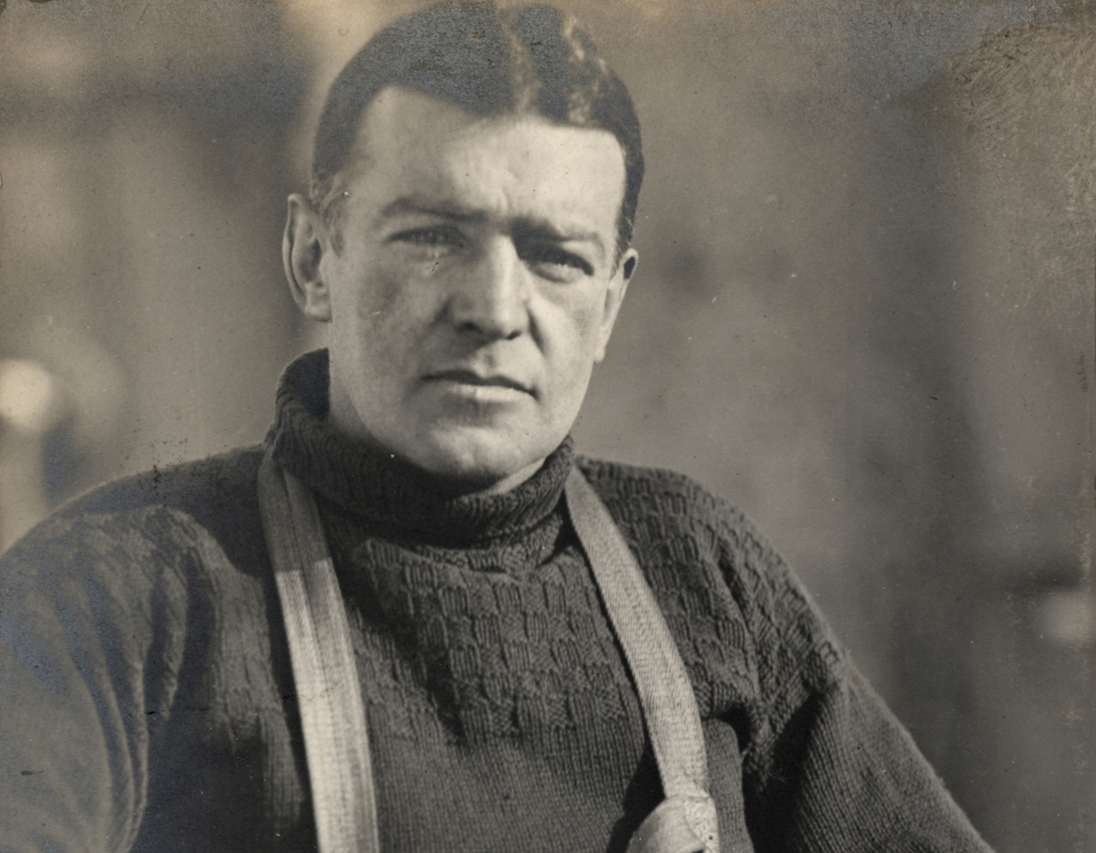 Frank Hurley, Wikimedia Commons
Frank Hurley, Wikimedia Commons
The Fearless Leader
At the turn of the century, Shackleton got his first taste of the icy Antarctic, journeying there as part of the Discovery Expedition's crew. Just a few years later, beginning in 1907, he went again, this time leading the Nimrod Expedition.
However, it was his third expedition that became his most famous.
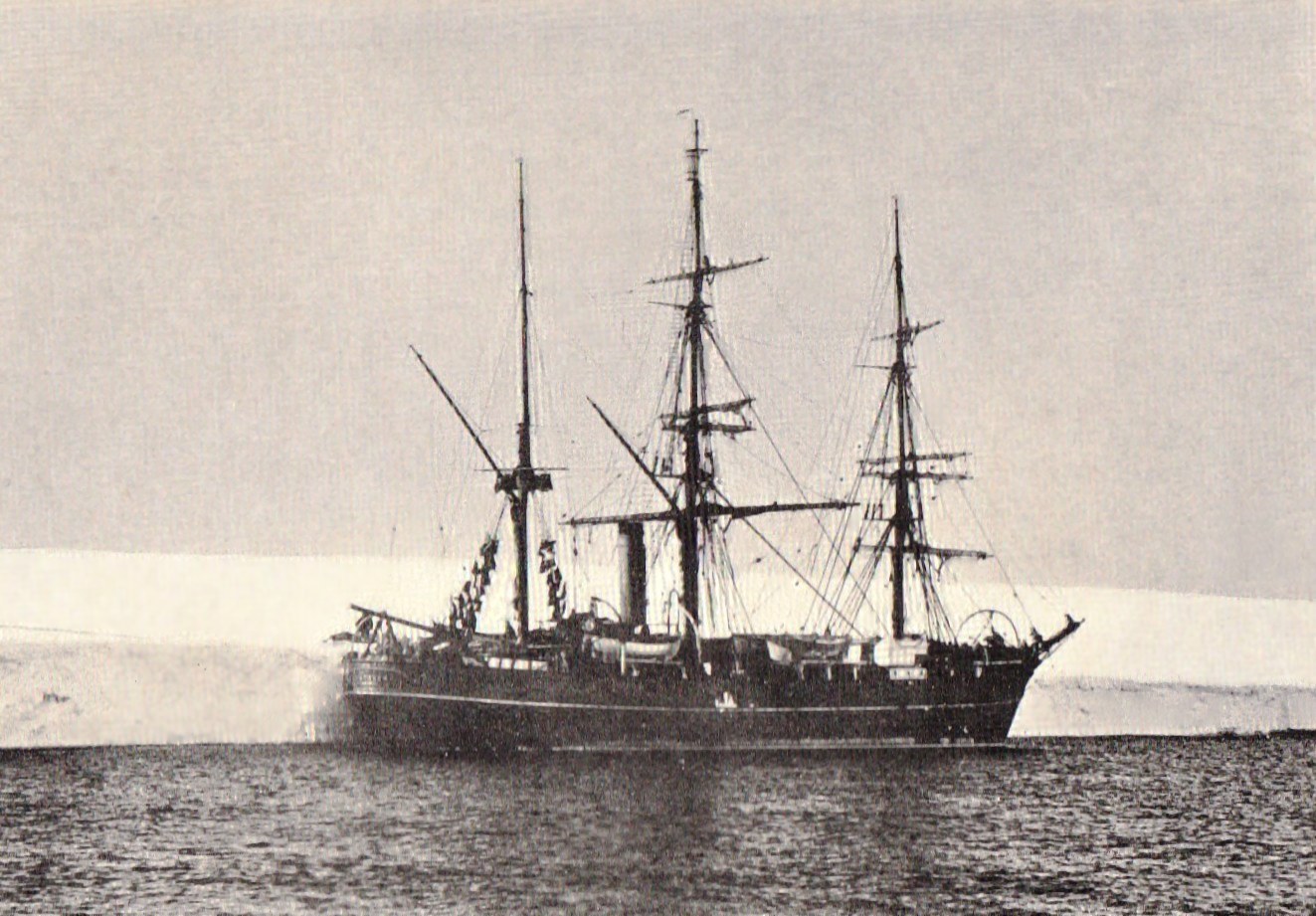 Unknown Author, Wikimedia Commons
Unknown Author, Wikimedia Commons
The Doomed Plan
Setting out in 1914, Shackleton's objective may have sounded simple on paper, but it would prove to be brutal in execution. His ultimate goal? To travel across the entire Antarctic continent on foot. According to him, this would accomplish the "one great main object of Antarctic journeyings".
At the time, he had no clue that he was about to walk straight into a living nightmare.
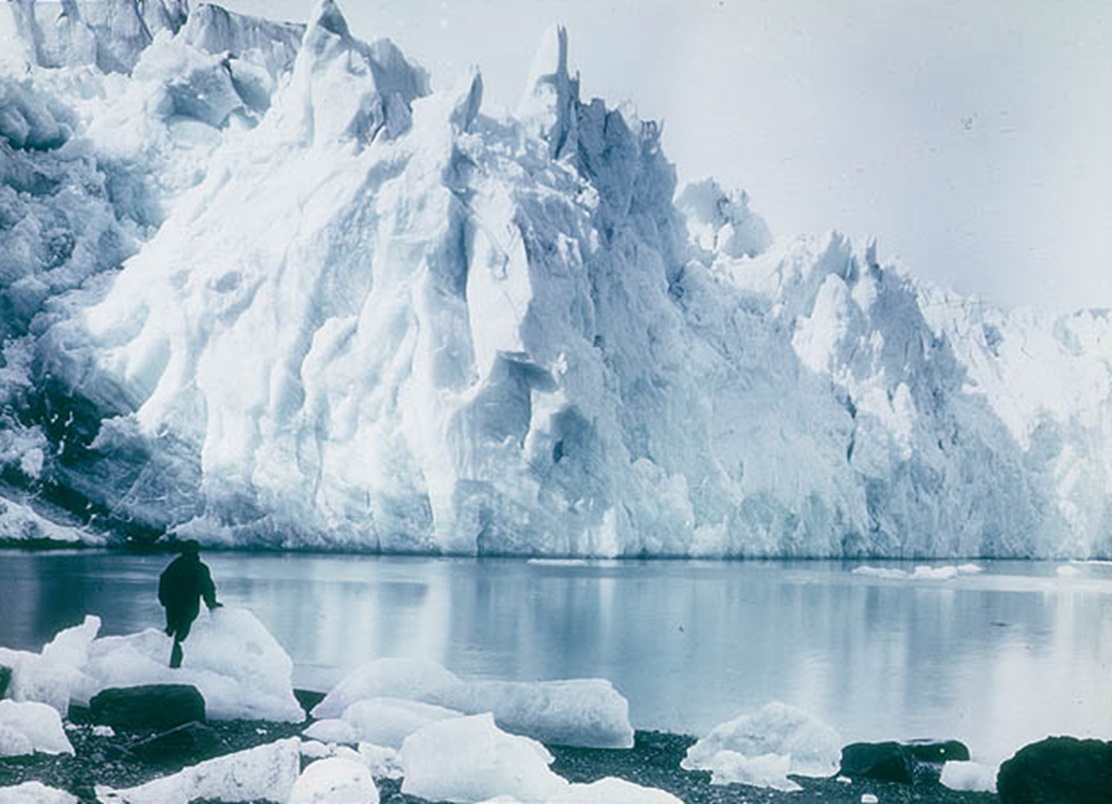 State Library of New South Wales collection, Wikimedia Commons
State Library of New South Wales collection, Wikimedia Commons
The Doomed Plan
Shackleton had a detailed plan for how he imagined the expedition to play out. The main feature of this expedition was that there would be two groups—with their own ships—working together.
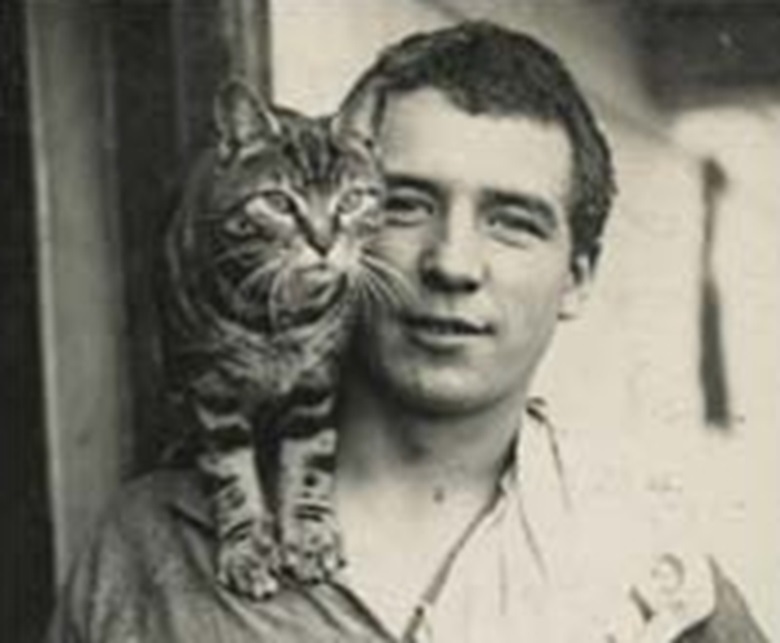 Frank Hurley, Wikimedia Commons
Frank Hurley, Wikimedia Commons
The Doomed Plan
The main group was the Weddell Sea party aboard the Endurance. Their first destination would be the Vahsel Bay Area. Here, the group of 14 men would split into two, with Shackleton leading six members across the continent, and the other eight members spreading out to perform scientific work.
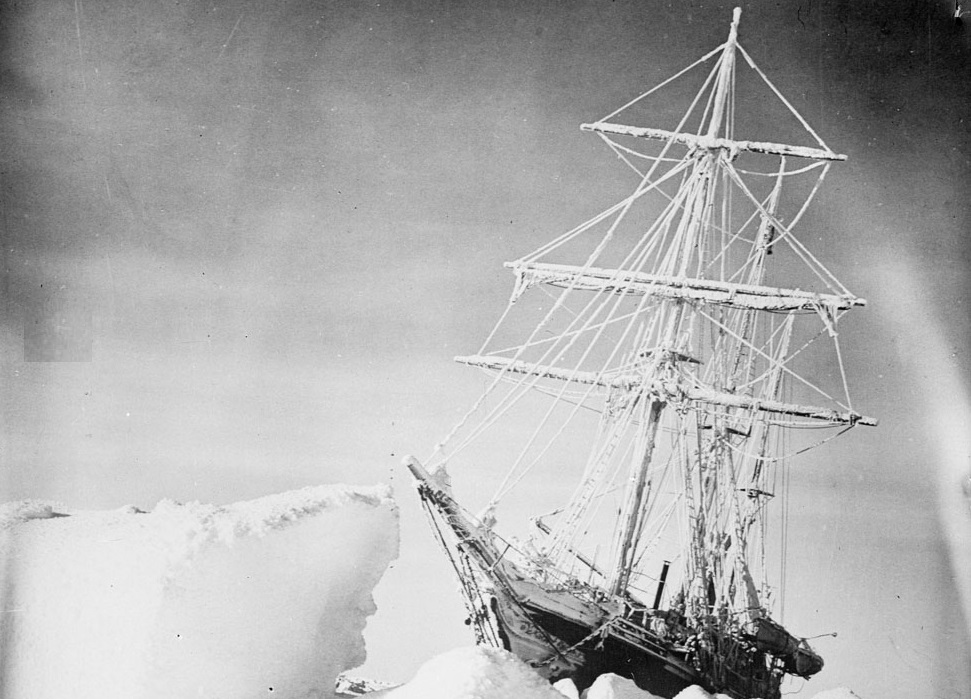 National Maritime Museum from Greenwich, Wikimedia Commons
National Maritime Museum from Greenwich, Wikimedia Commons
The Doomed Plan
The men responsible for doing the actual crossing would also be accompanied by two motor sledges and 69 dogs. They had the very scary challenge of covering a whopping 1,800 miles. If they were successful, they would meet up with the second group of men.
 National Maritime Museum from Greenwich, Wikimedia Commons
National Maritime Museum from Greenwich, Wikimedia Commons
The Doomed Plan
The second support group was the Ross Sea Party. They planned to meet the transcontinental explorers on the other side, establishing a base in McCurdo Sound. They would also plant supply depots for the traveling crew, which would be key for their survival.
However, keep in mind that this was just the plan—and as we'll see, the "plan" went completely out the window.
![The Bosun [John Vincent] of the 'Endurance' mending a net, 1915](https://www.factinate.com/storage/app/media/splashtravels/2024/12/24/johnvincentcolour.jpg) Frank Hurley, Wikimedia Commons
Frank Hurley, Wikimedia Commons
Financing The Expedition
To begin with, nailing down the finances for the trip was the first real challenge. In order to make this expedition a reality, Shackleton had to scrounge up enough money—but even this was a messy ordeal.
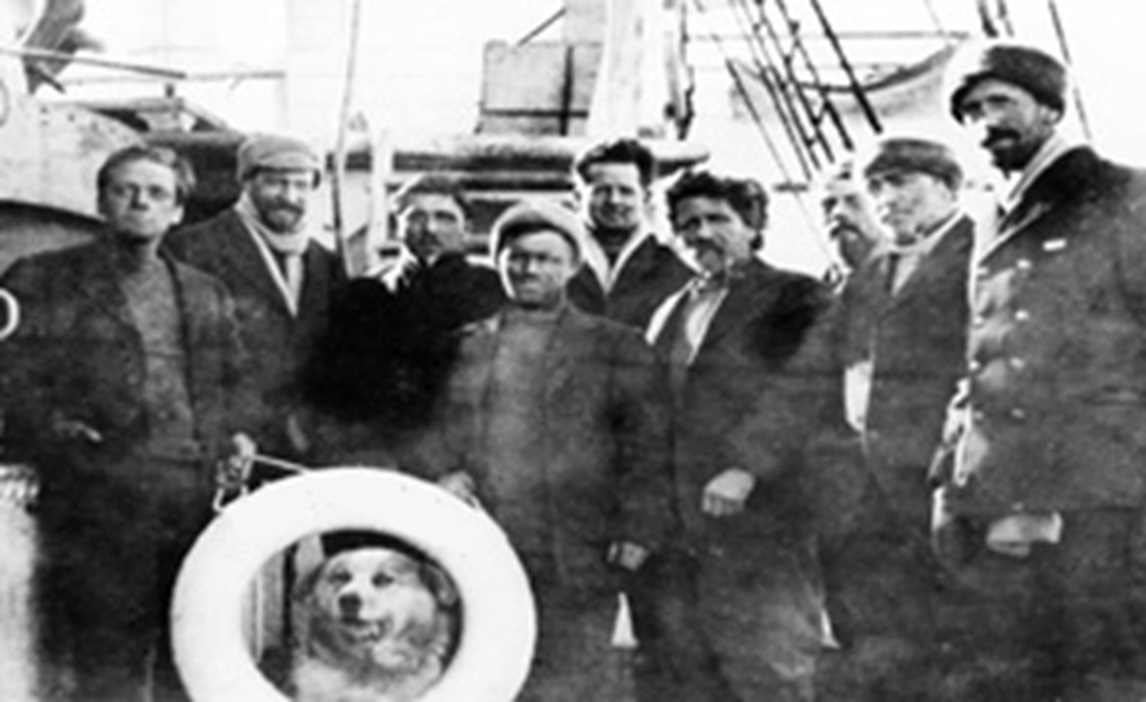 http://www.abc.net.au/tv/rewind/txt/s1214093.htm, Wikimedia Commons
http://www.abc.net.au/tv/rewind/txt/s1214093.htm, Wikimedia Commons
Financing The Expedition
At the bare minimum, Shackleton believed that he'd need at least £50,000—around £6,061,000 today—to get this expedition off the ground. Though the final numbers aren't known, it's estimated that he managed to round up a whopping £80,000. However, even this was a stretch.
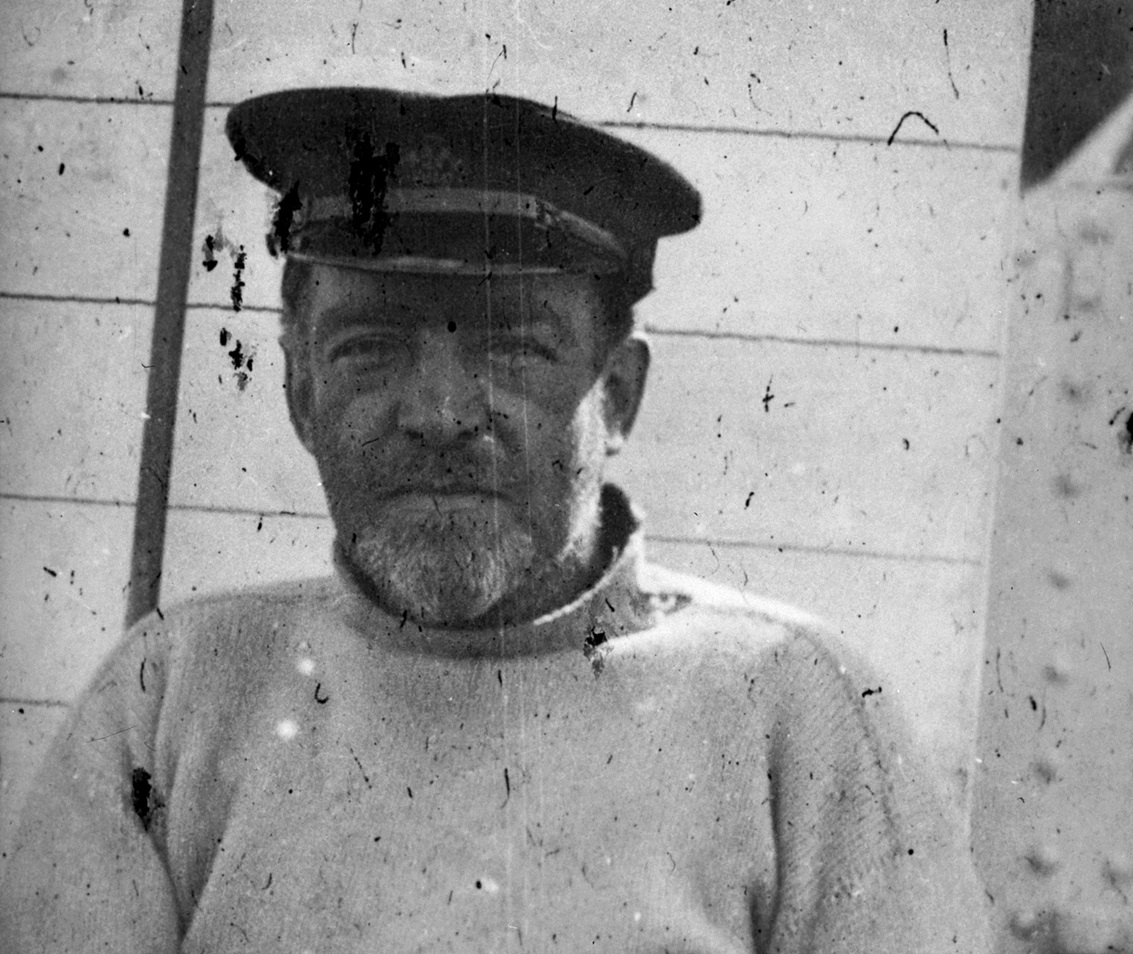 Unknown Author, Wikimedia Commons
Unknown Author, Wikimedia Commons
Financing The Expedition
You see, while Shackleton commanded the Weddell Sea Party, Aeneas Mackintosh commanded the Ross Sea party. They had to split the money—a pretty important detail that blindsided Mackintosh when he took on the job.
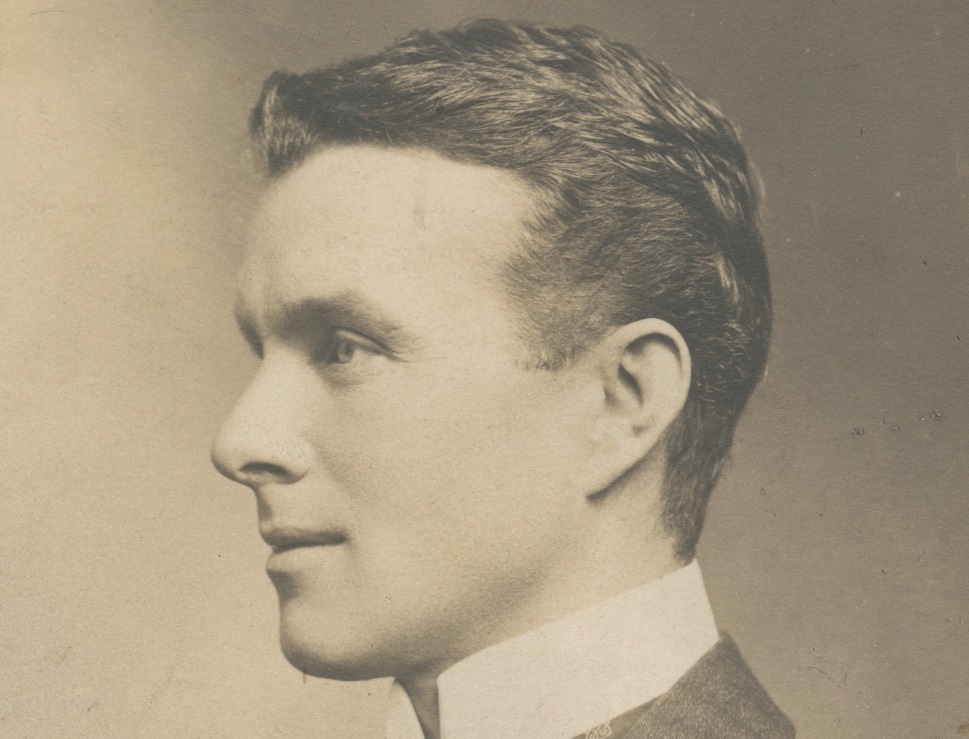 Mattdell, CC BY-SA 4.0, Wikimedia Commons
Mattdell, CC BY-SA 4.0, Wikimedia Commons
Financing The Expedition
The truth was that the expedition's financial planning was a total scramble, meaning that Mackintosh had no choice but to basically beg for provisions and extra funding, just so that he could properly execute his part of the mission.
Little did they know, when it came to hardships—this was only the tip of the iceberg.
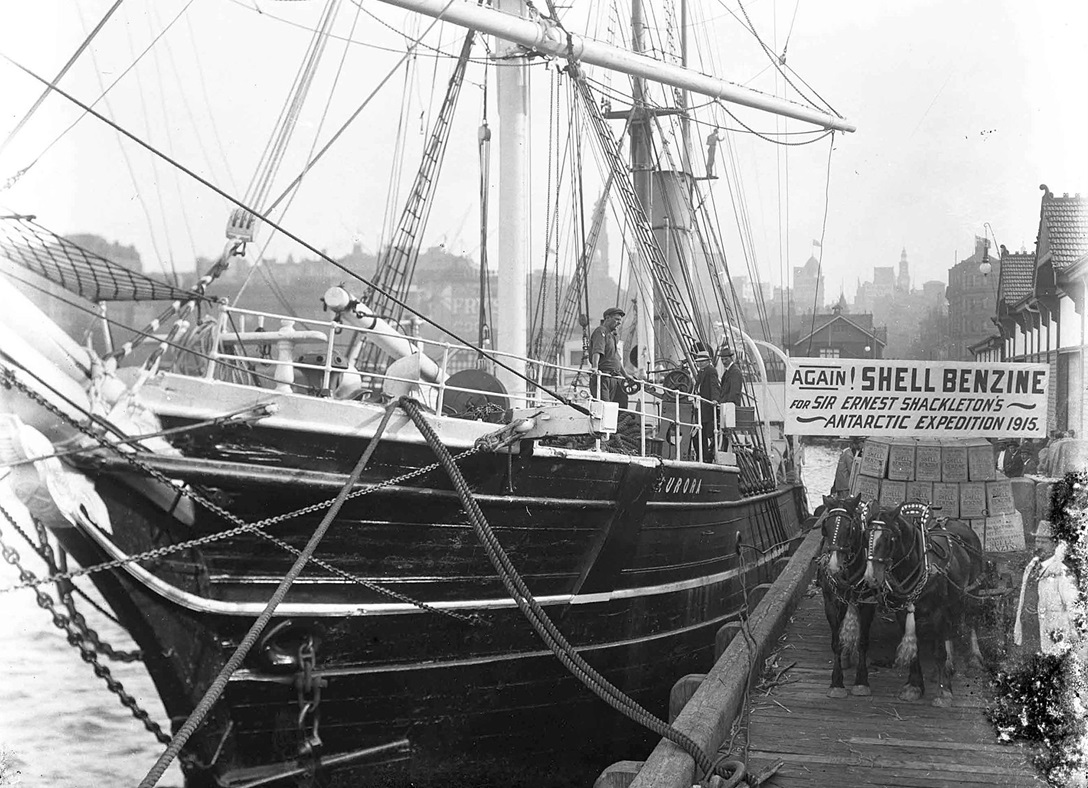 William Hall collection - Australian National Maritime Museum’s, Wikimedia Commons
William Hall collection - Australian National Maritime Museum’s, Wikimedia Commons
Putting The Team Together
Shackleton couldn't very well begin his expedition without a proper crew, and so he had to wrangle up some risk-takers willing to put their lives on the line.
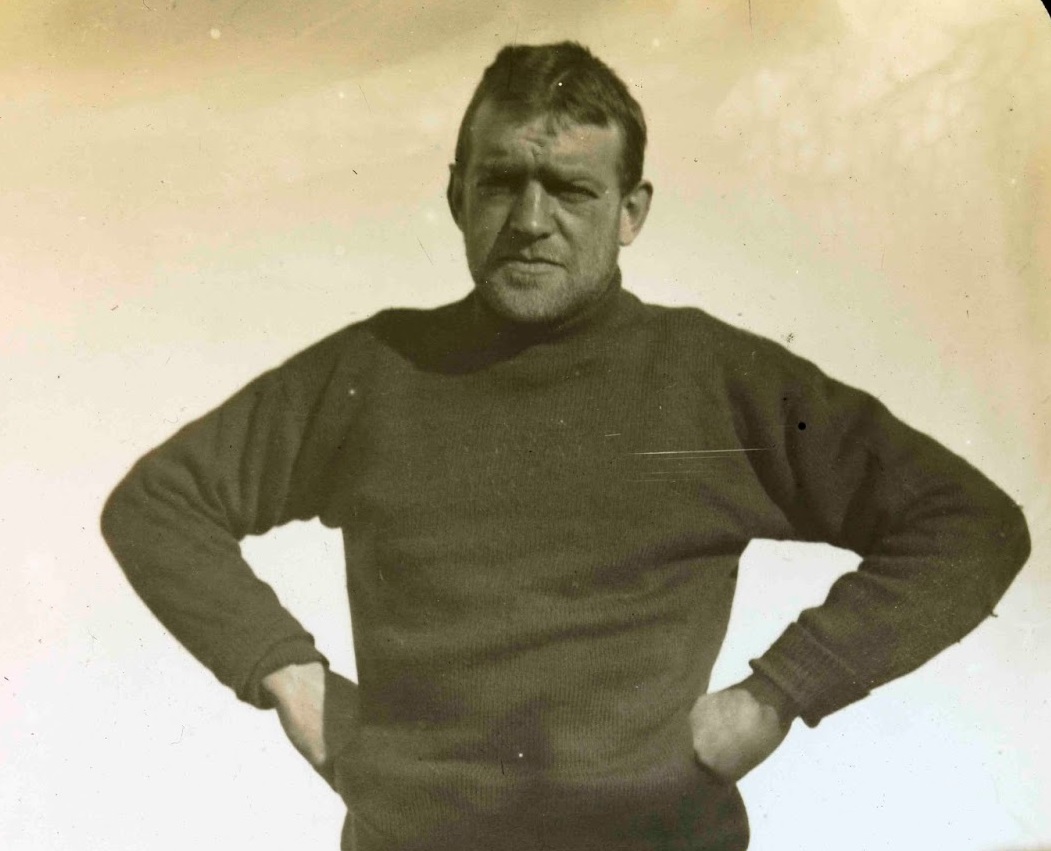 Unknown Author, Wikimedia Commons
Unknown Author, Wikimedia Commons
Putting The Team Together
Now that this mission has taken on some mythical layers, one story alleges that Shackleton put out a shocking advertisement in the newspaper to peak the interest of potential crewmen.
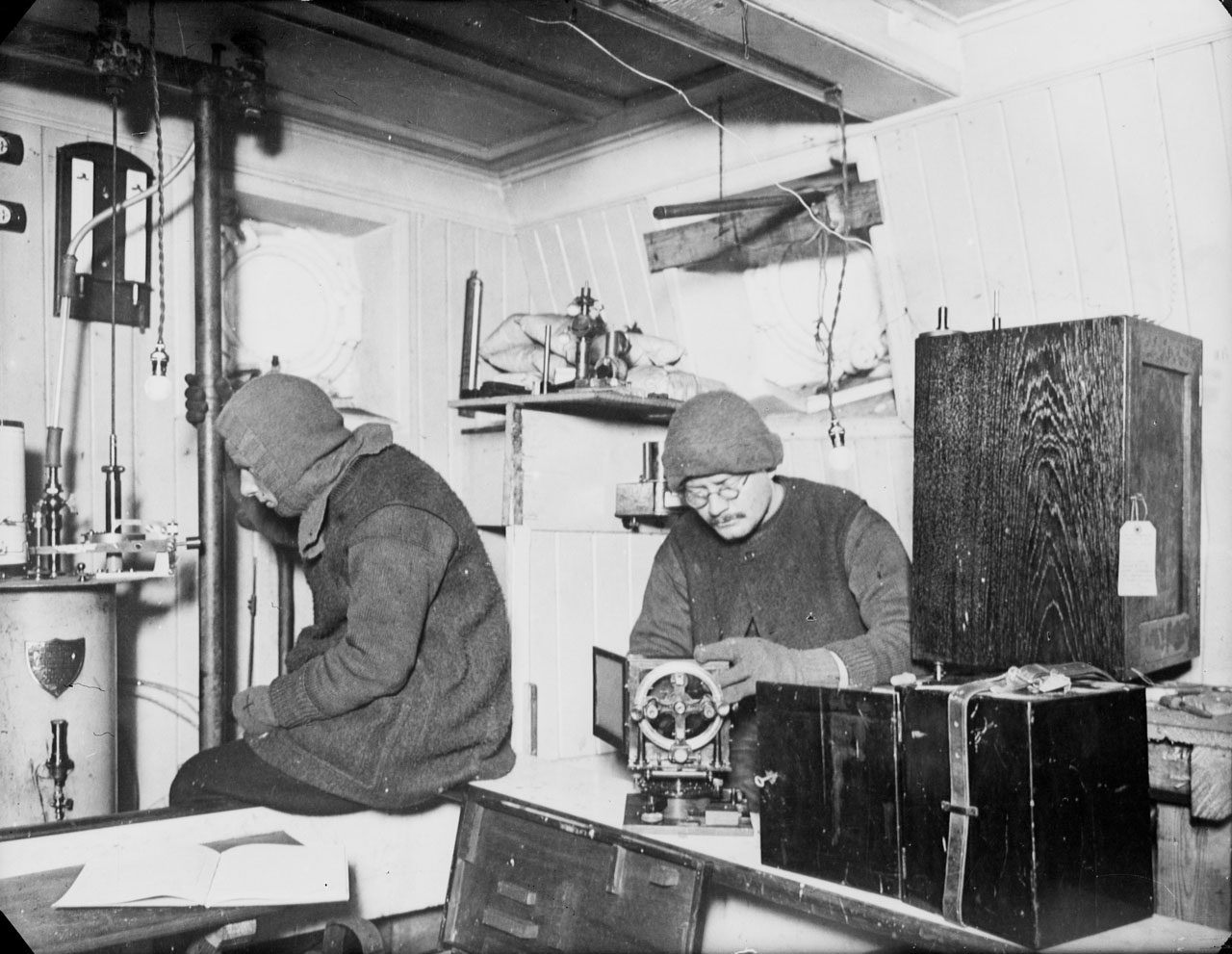 National Maritime Museum from Greenwich, Wikimedia Commons
National Maritime Museum from Greenwich, Wikimedia Commons
Putting The Team Together
Supposedly—though likely not true—Shackleton's ad read as follows: "Men wanted for hazardous journey. Low wages, bitter cold, long hours of complete darkness. Safe return doubtful. Honour and recognition in event of success".
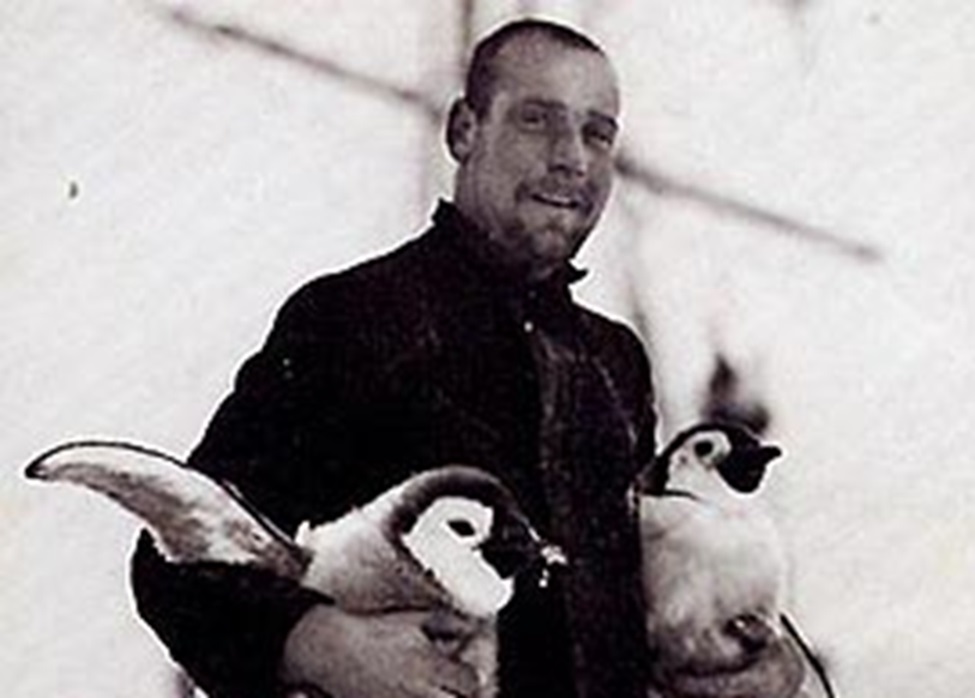 Frank Hurley, Wikimedia Commons
Frank Hurley, Wikimedia Commons
Putting The Team Together
It might be hard to believe that anyone would want to embark on such a dismal-sounding journey—but in the end, Shackleton had to wade through as many as 5,000 applications. In the end, though, the two crews ended up with 28 men each.
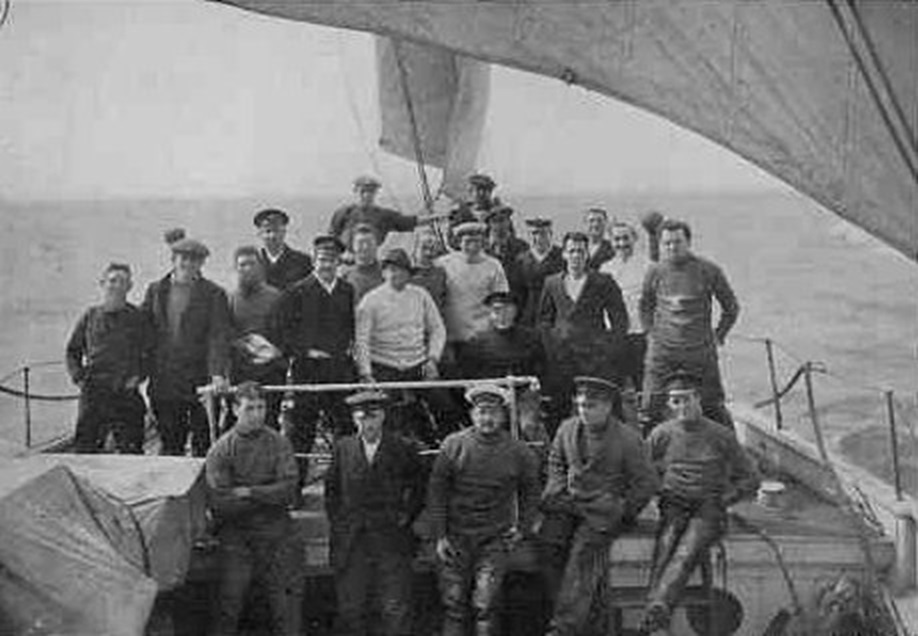 Frank Hurley (1885-1962), Wikimedia Commons
Frank Hurley (1885-1962), Wikimedia Commons
The Expedition Begins
The Endurance began its journey on August 8, 1914, traveling from Plymouth to Buenos Aires. Here, Shackleton joined the crew—but it would still be many months before they reached the Antarctic.
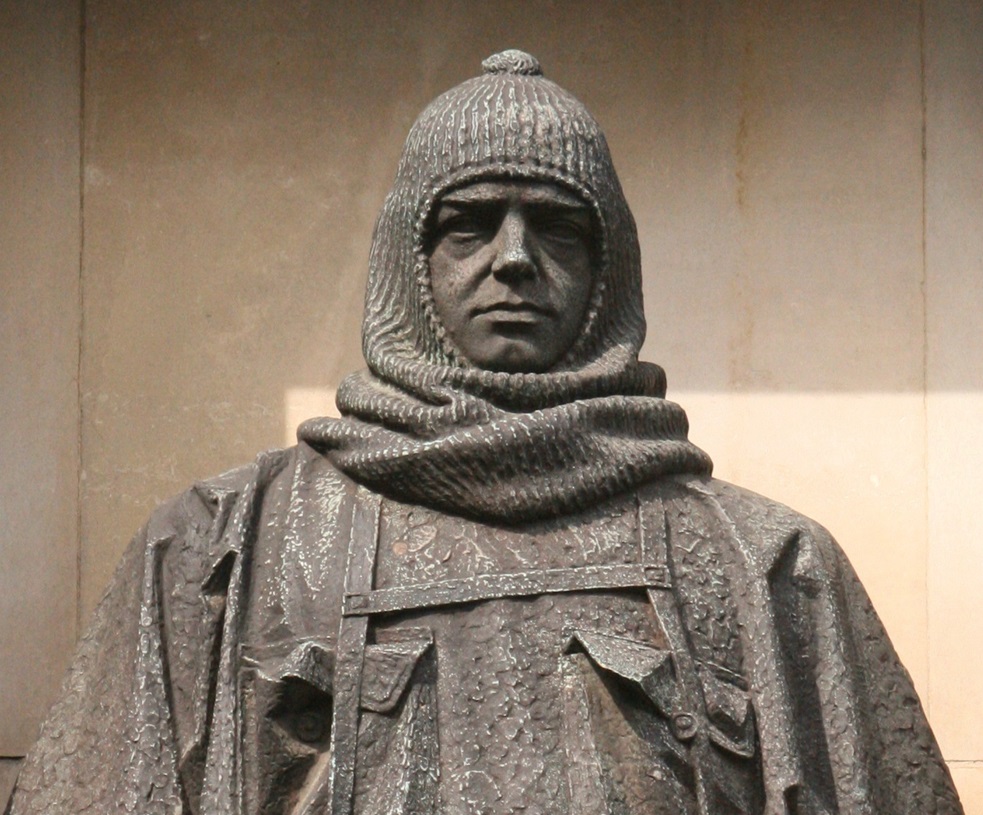 Michel wal, CC BY-SA 3.0, Wikimedia Commons
Michel wal, CC BY-SA 3.0, Wikimedia Commons
The Expedition Begins
You see, the Endurance found itself held up in South Georgia from November to December—an entire month. Already, this derailed Shackleton's initial plan of starting the crossing in 1914. Realistically, this just wasn't going to happen and the plan had to change. That's when he made a pretty serious mistake.
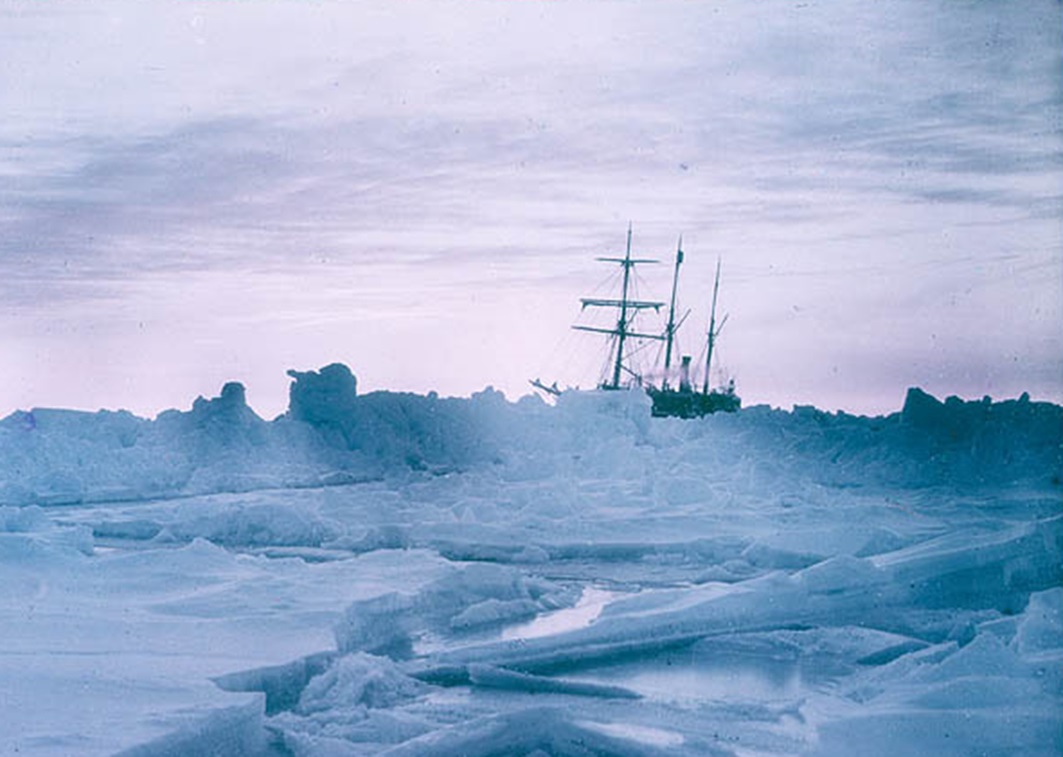 State Library of New South Wales collection, Wikimedia Commons
State Library of New South Wales collection, Wikimedia Commons
The Expedition Begins
Shackleton failed to communicate his party's delay with the other commander, Mackintosh, who headed the Ross Sea Party. Though he'd planned to send a cable, he did not dispatch it.
Already, they were off to a rocky start.
Navigating Through The Ice
Finally, on December 5, the Endurance set out in the direction of the Anarctic. It only took two days before the red flags started flying. Shackleton had to change course thanks to a run-in with pack ice—ice that moves in the open water. But this was only the beginning.
 State Library of New South Wales, Wikimedia Commons
State Library of New South Wales, Wikimedia Commons
Navigating Through The Ice
The pack ice quickly became the expedition's greatest enemy, even trapping them for as long as 24 hours at one point. It was a force of nature that Shackleton hadn't planned for: "I had been prepared for evil conditions in the Weddell Sea, but had hoped that the pack would be loose. What we were encountering was fairly dense pack of a very obstinate character".
 State Library of New South Wales, Wikimedia Commons
State Library of New South Wales, Wikimedia Commons
Navigating Through The Ice
The Endurance moved like molasses through the icy waters, but managed to find an easier path on December 22. They plowed onward, moving south as the year rolled over into January.
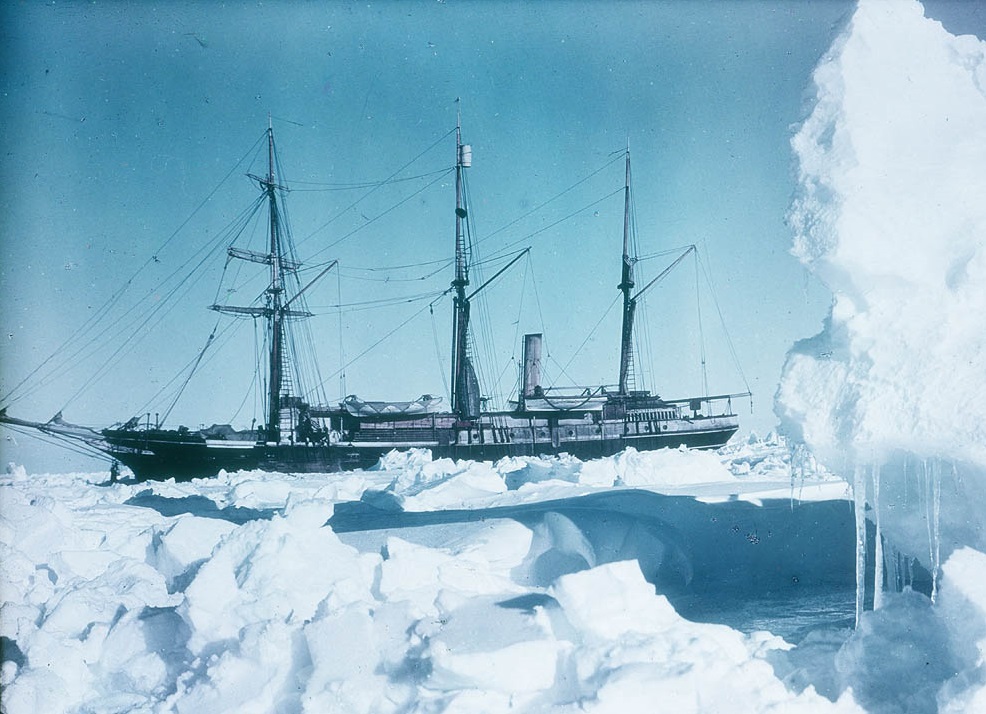 State Library of New South Wales collection, Wikimedia Commons
State Library of New South Wales collection, Wikimedia Commons
He Made The Wrong Choice
Half-way through the month, they arrived at a glacier where they could have successfully landed. That's when Shackleton made a horrifying judgment he would soon live to regret.
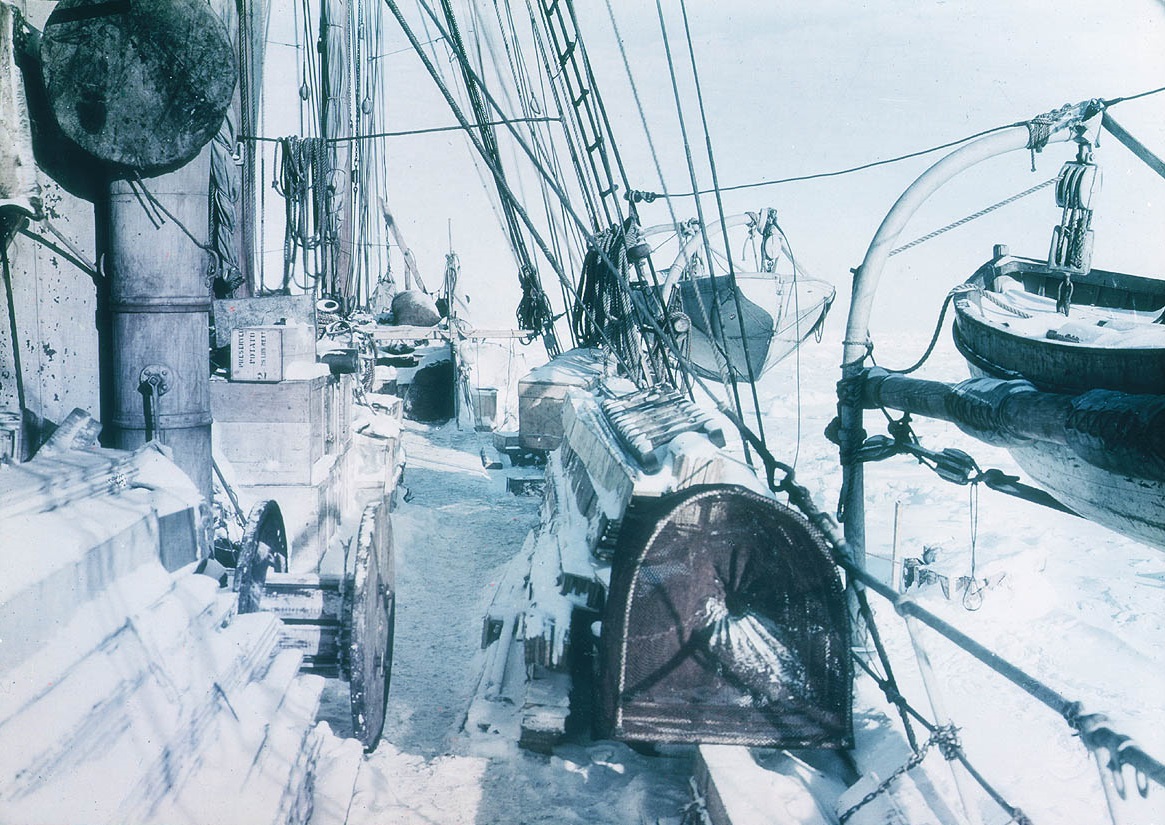 State Library of New South Wales collection, Wikimedia Commons
State Library of New South Wales collection, Wikimedia Commons
He Made The Wrong Choice
Instead of choosing this natural bay as a landing spot, Shackleton wanted to forge ahead. He believed that they were still too far north. Then, on January 18, disaster struck.
 Frank Hurley, Wikimedia Commons
Frank Hurley, Wikimedia Commons
Stuck In The Ice
The Endurance found itself in a major crisis thanks to a northerly gale. The strong winds moved the floes and pack ice in such a way that the ship found itself completely stuck. Thomas Orde Lees, a crew member, described it as being "frozen like an almond in the middle of a chocolate bar".
Stuck In The Ice
The expedition had been so close to their destination—just a day away from their landing spot where they could begin their crossing. However, the ice had had her say, and now they were drifting—caught in her clutches with no escape in sight.
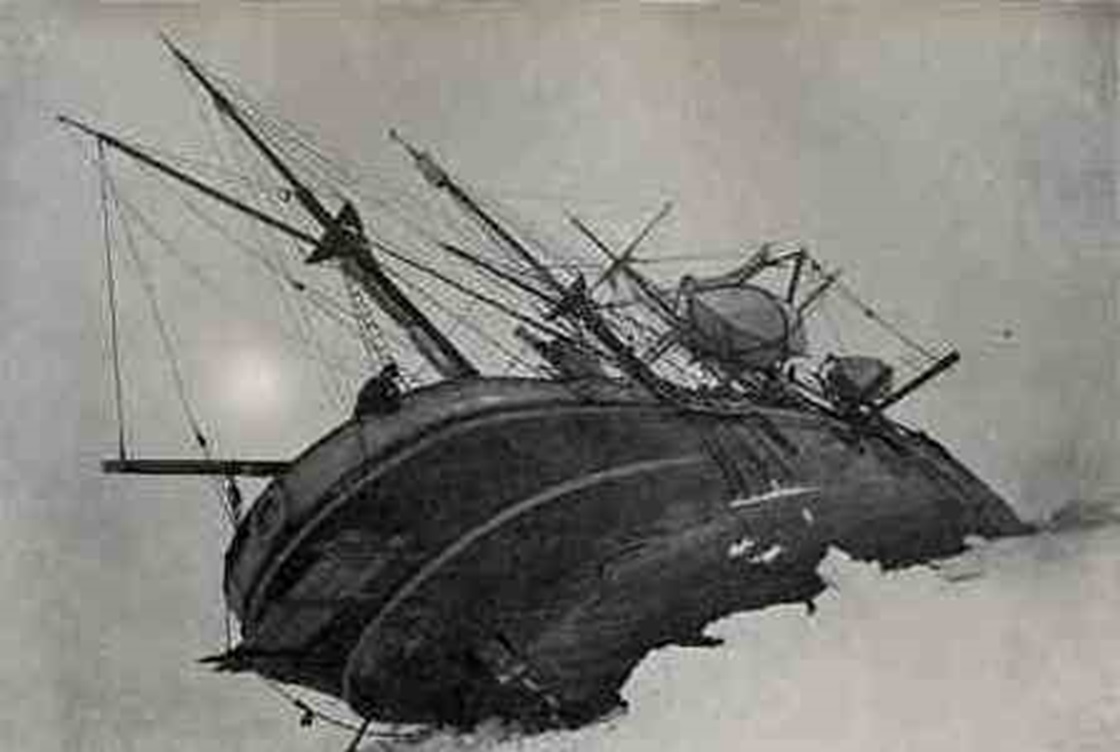 Frank Hurley, Wikimedia Commons
Frank Hurley, Wikimedia Commons
Stuck In The Ice
The crew tried in vain to break themselves out of the ice. Following Shackleton's orders, they threw everything they had at it. They grabbed saws, picks, and chisels and went to town—but it was a thankless effort. The Endurance did not budge.
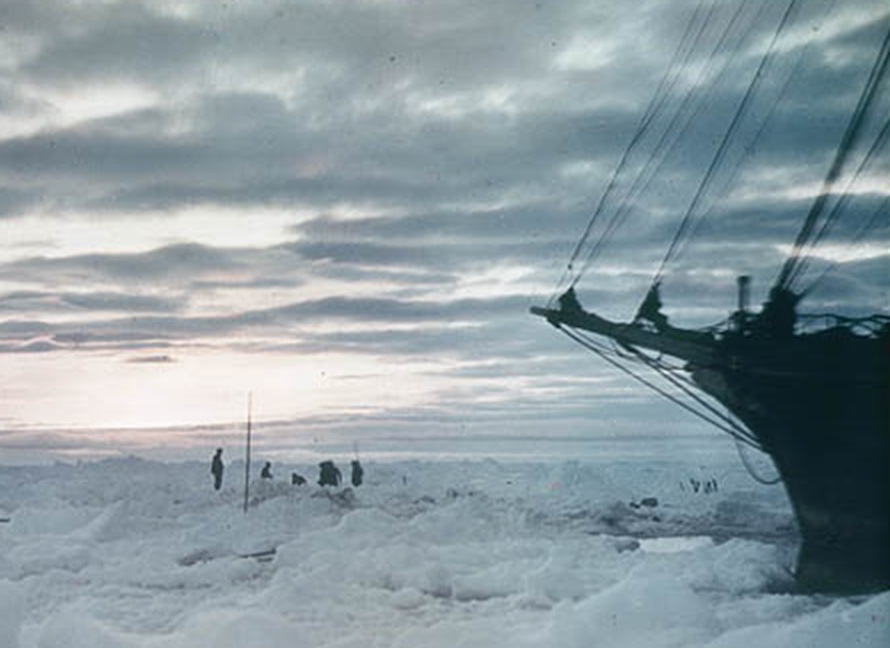 State Library of New South Wales collection, Wikimedia Commons
State Library of New South Wales collection, Wikimedia Commons
Stuck In The Ice
In the midst of this terrifying development, Shackleton showed a brave face to the crew and did not exhibit a shred of fear. According to one of the ship's surgeons, he stoically explained to the men that they would have to wait out the winter, stuck in the ice.
However, deep down, he knew they were in serious trouble.
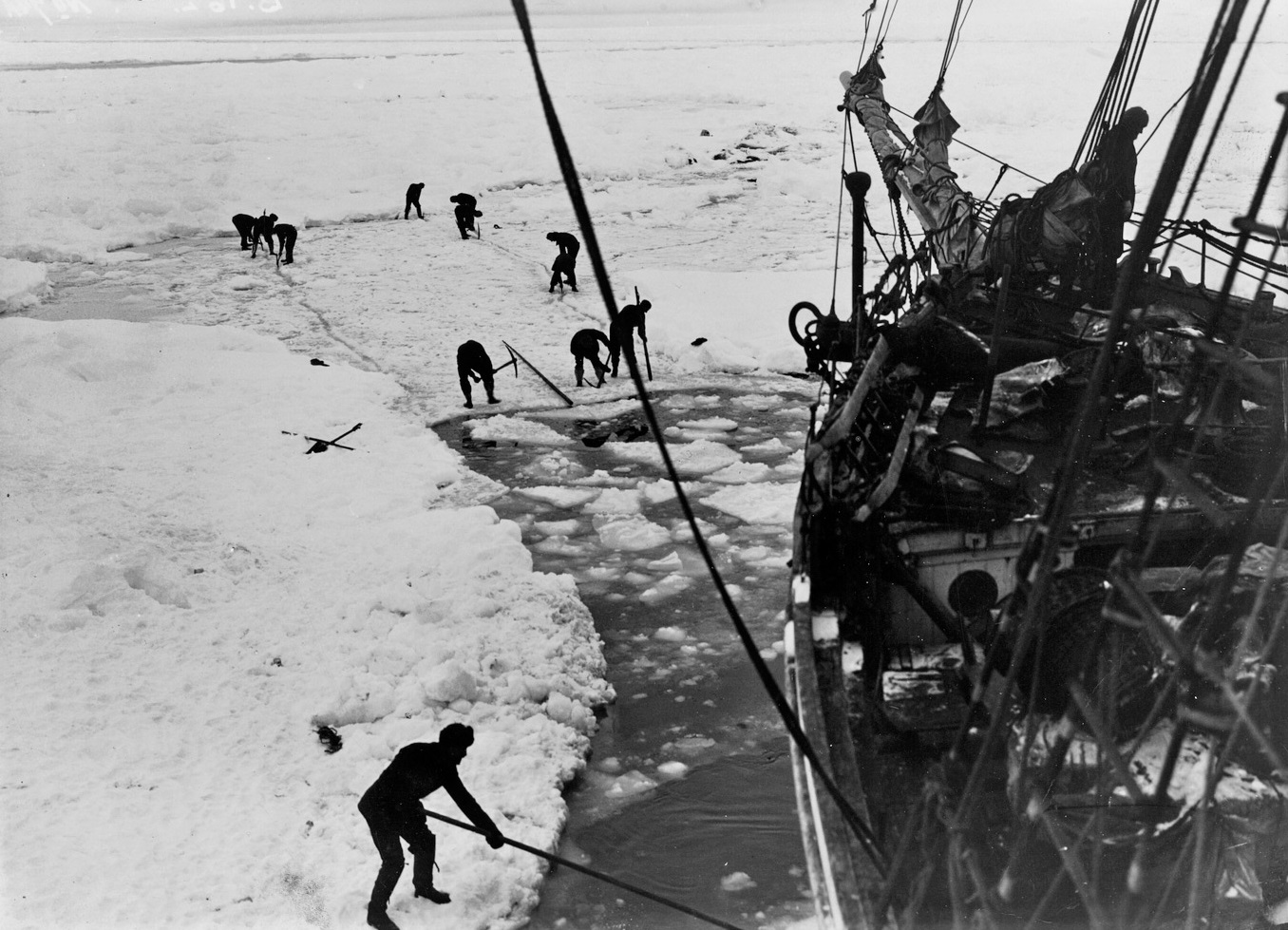 Frank Hurley, Wikimedia Commons
Frank Hurley, Wikimedia Commons
Stuck In The Ice
Behind his calm disposition, Shackleton wasn't as optimistic as he seemed. Behind closed doors, he told the ship's captain, Frank Worsley, “The ship can’t live in this, Skipper … It may be a few months, and it may be only a question of weeks or even days … but what the ice gets, the ice keeps".
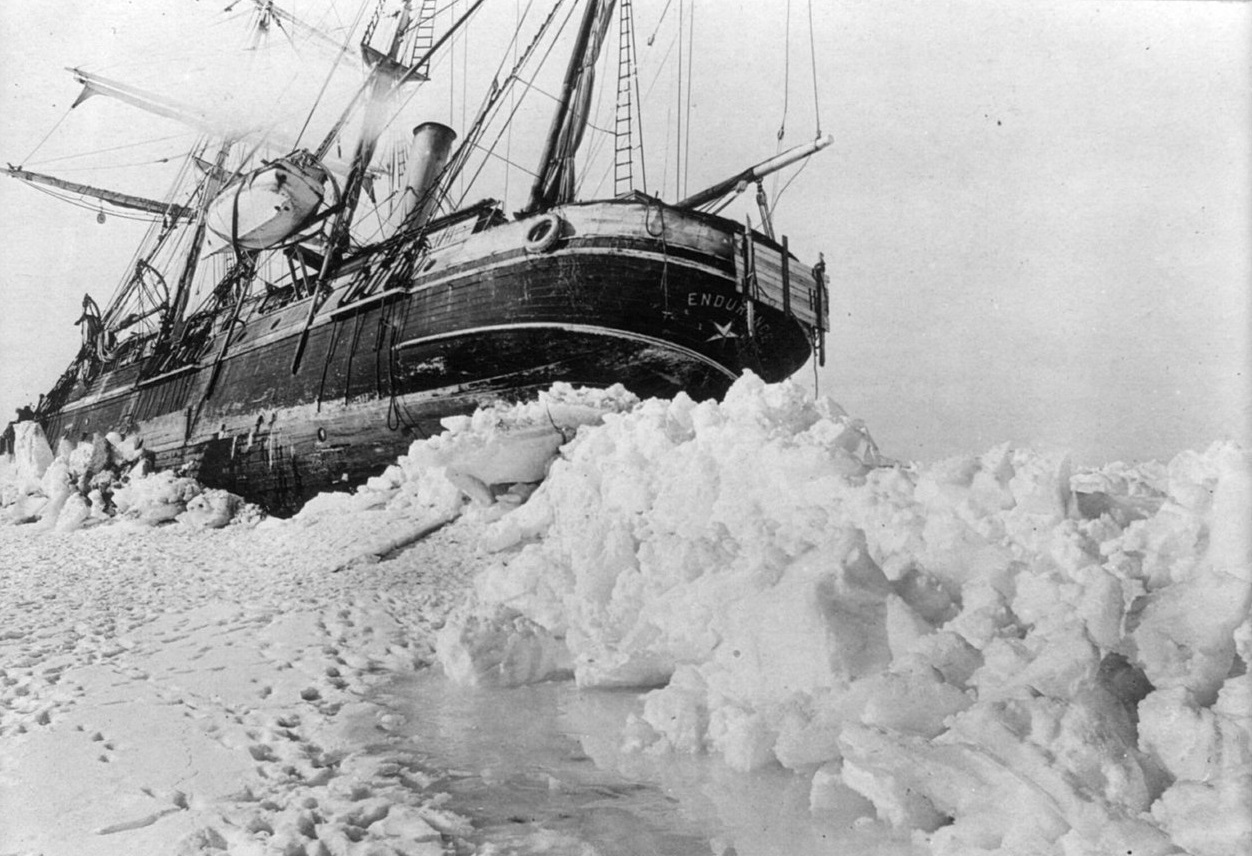 Underwood & Underwood, copyright claimant, Wikimedia Commons
Underwood & Underwood, copyright claimant, Wikimedia Commons
Waiting Out The Winter
On February 24, it became clear to Shackleton that they ship's destiny for the winter was sealed. They threw their daily routines to the wind and began preparing for a season of survival.
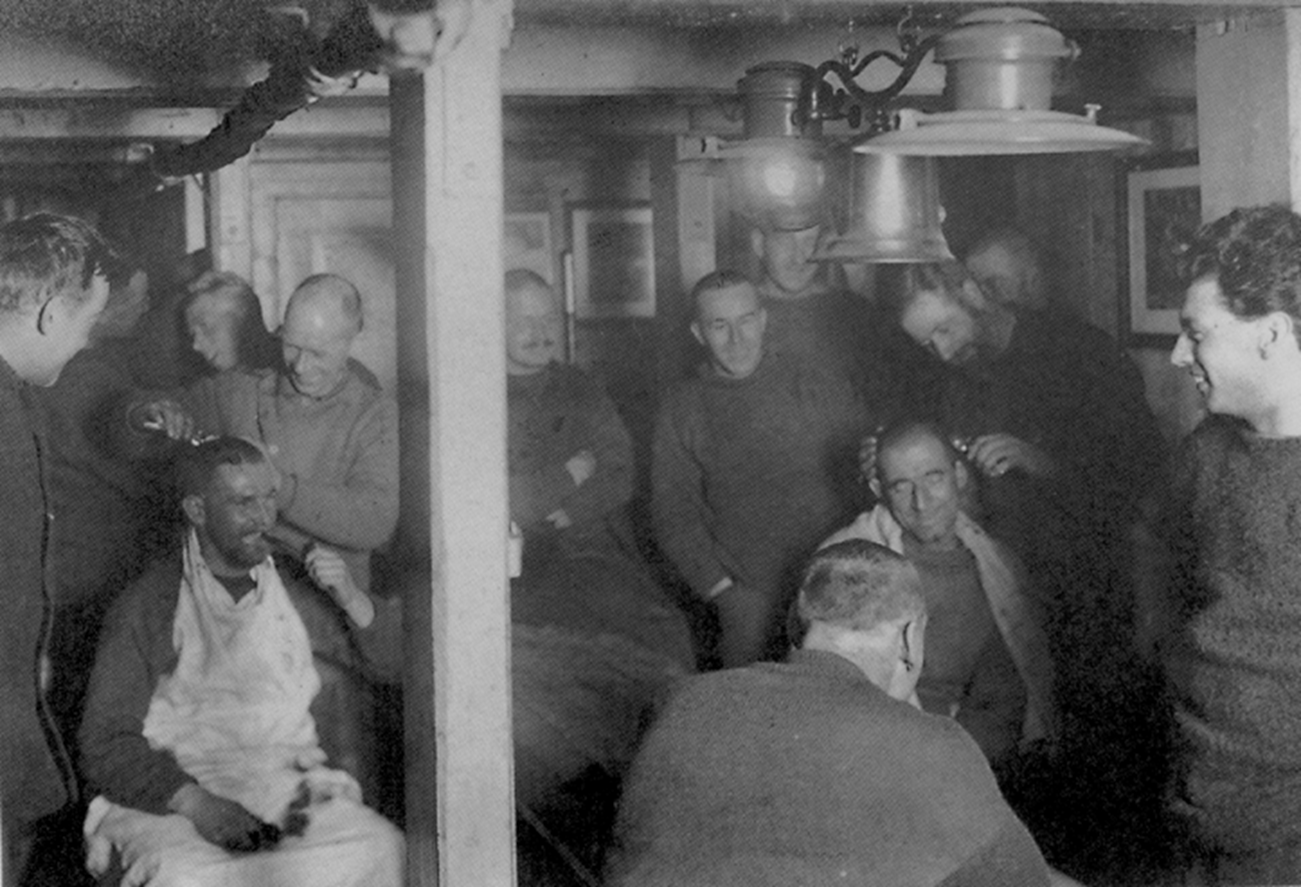 Frank Hurley, Wikimedia Commons
Frank Hurley, Wikimedia Commons
Waiting Out The Winter
They winterized the interior of the vessel, setting up special quarters for all of the men, while outside, they made "dogloos" for the expedition's furry canines. At this point, Shackleton still held on to hope.
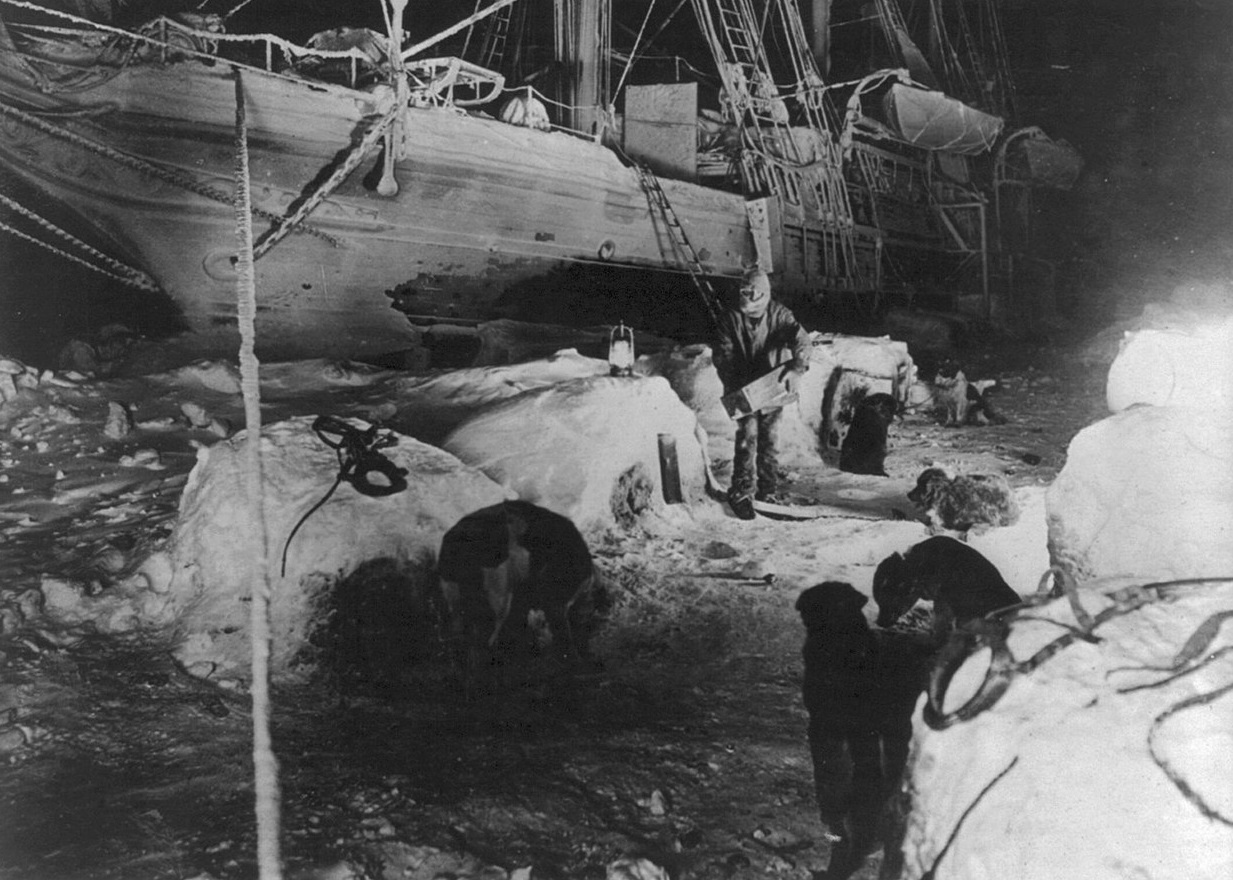 Underwood & Underwood, Wikimedia Commons
Underwood & Underwood, Wikimedia Commons
Waiting Out The Winter
You see, three years before the Endurance hit their stroke of bad luck, another ship had faced a similar experience. The ship known as Deutschland had also found itself at the mercy of the ice. Though it took six months for it to escape, everything turned out fine.
Waiting Out The Winter
Based on the surival of the Duetschland, Shackleton believed that his own ship might have a second chance to reach its destination at Vahsel Bay once the spring season arrived... He couldn't have been more wrong.
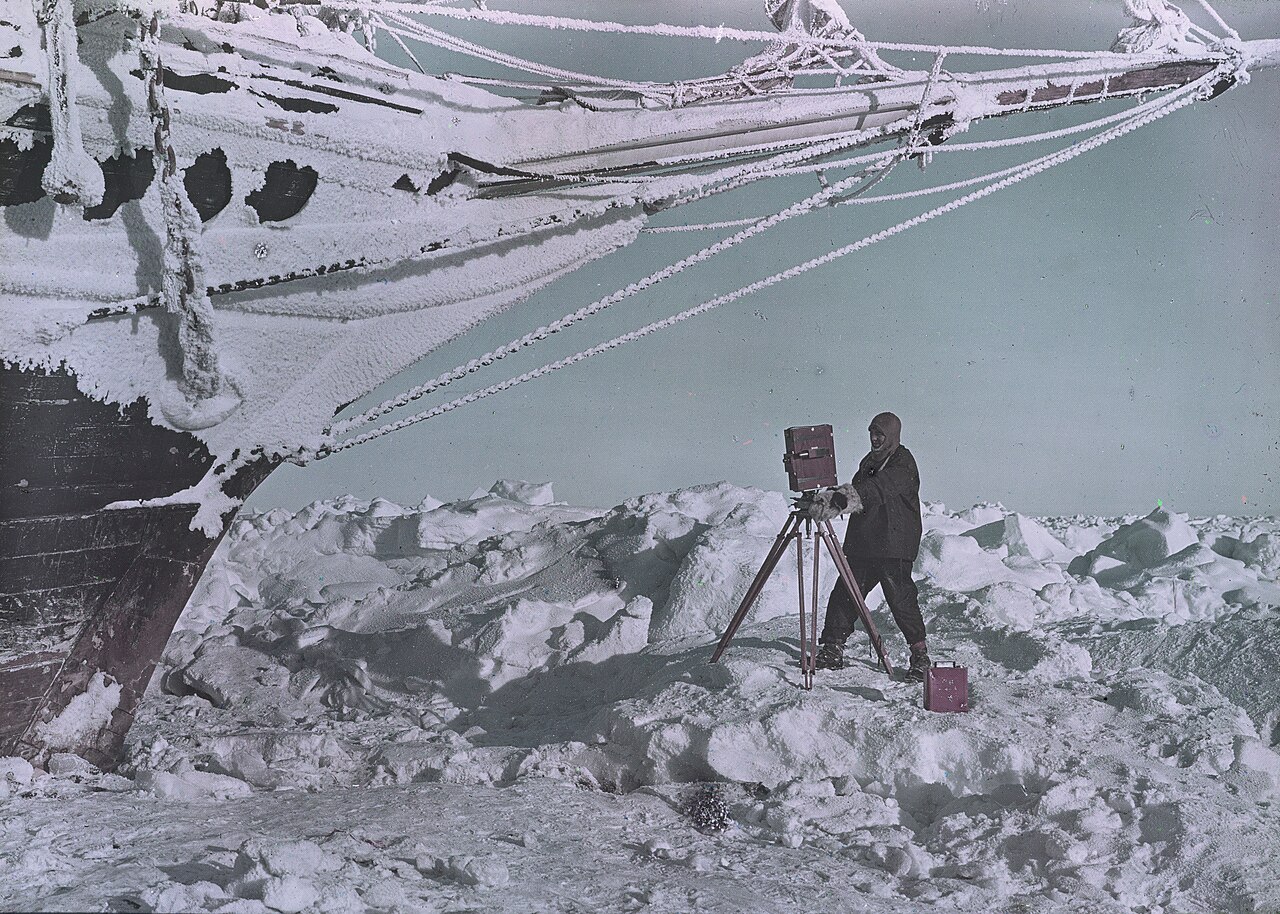 Frank Hurley, Wikimedia Commons
Frank Hurley, Wikimedia Commons
Waiting Out The Winter
Though the Endurance experienced a gradual drift northward from February to March, the conditions changed dramatically in April—so much so that Shackleton worried that the vessel "would be crushed like an eggshell". For the moment, they were safe—but his prediction was more on the nose than he realized.
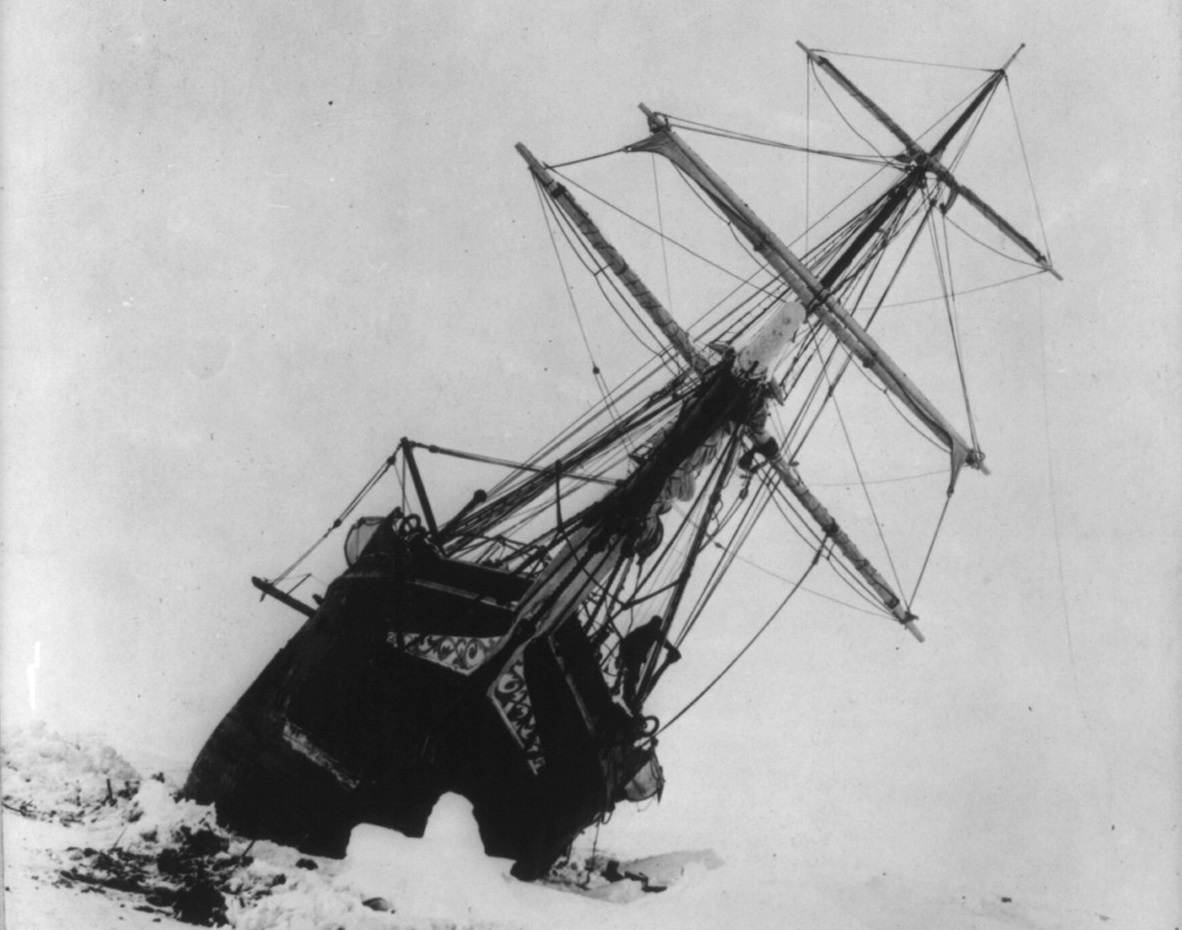 Underwood & Underwood, Wikimedia Commons
Underwood & Underwood, Wikimedia Commons
Keeping The Hope Alive
As time passed, Shackleton grew increasingly worried about his men. The months of May, June, and July in the Antarctic are notoriously dark, which only increased the sense of gloom on board.
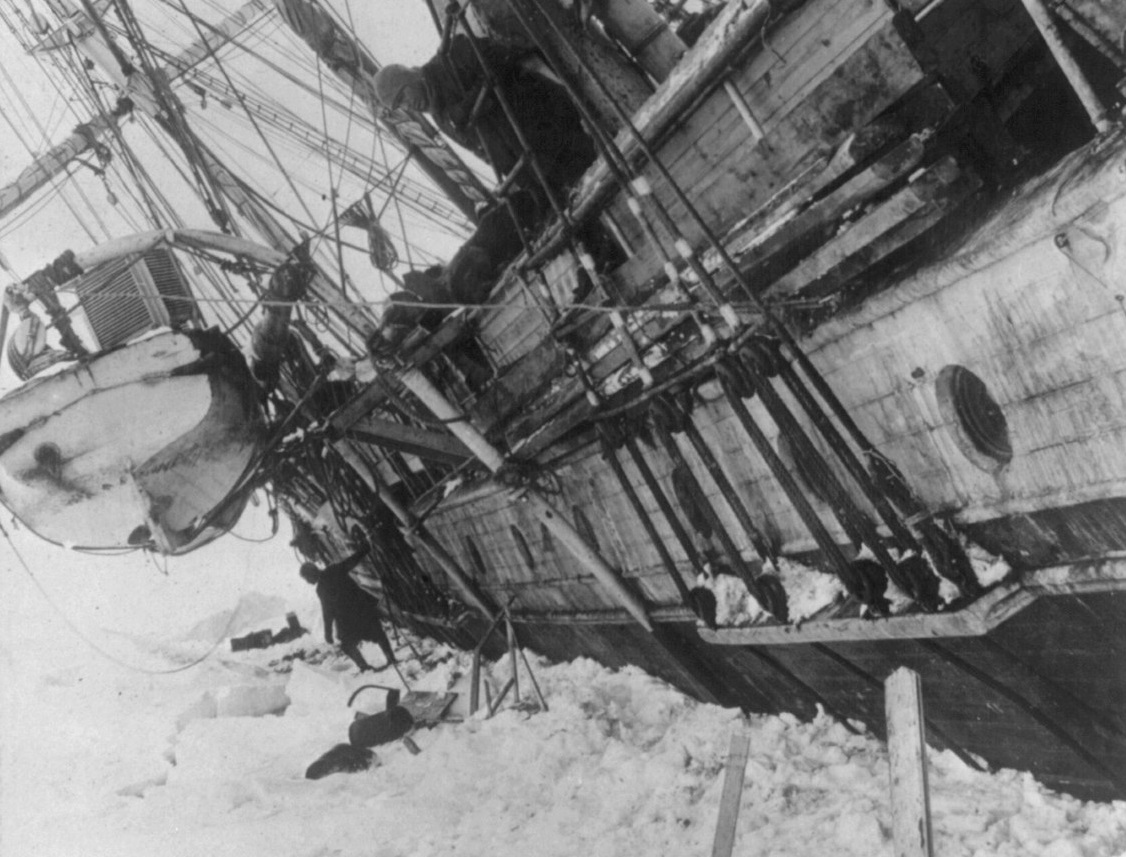 Underwood & Underwood, Wikimedia Commons
Underwood & Underwood, Wikimedia Commons
Keeping The Hope Alive
To combat the shadow of melancholy that hung over everyone and to boost morale, Shackleton focused on upkeeping his crew's physical health and fitness. The men went out walking on the ice, their paths illuminated by moonlight. But that wasn't all.
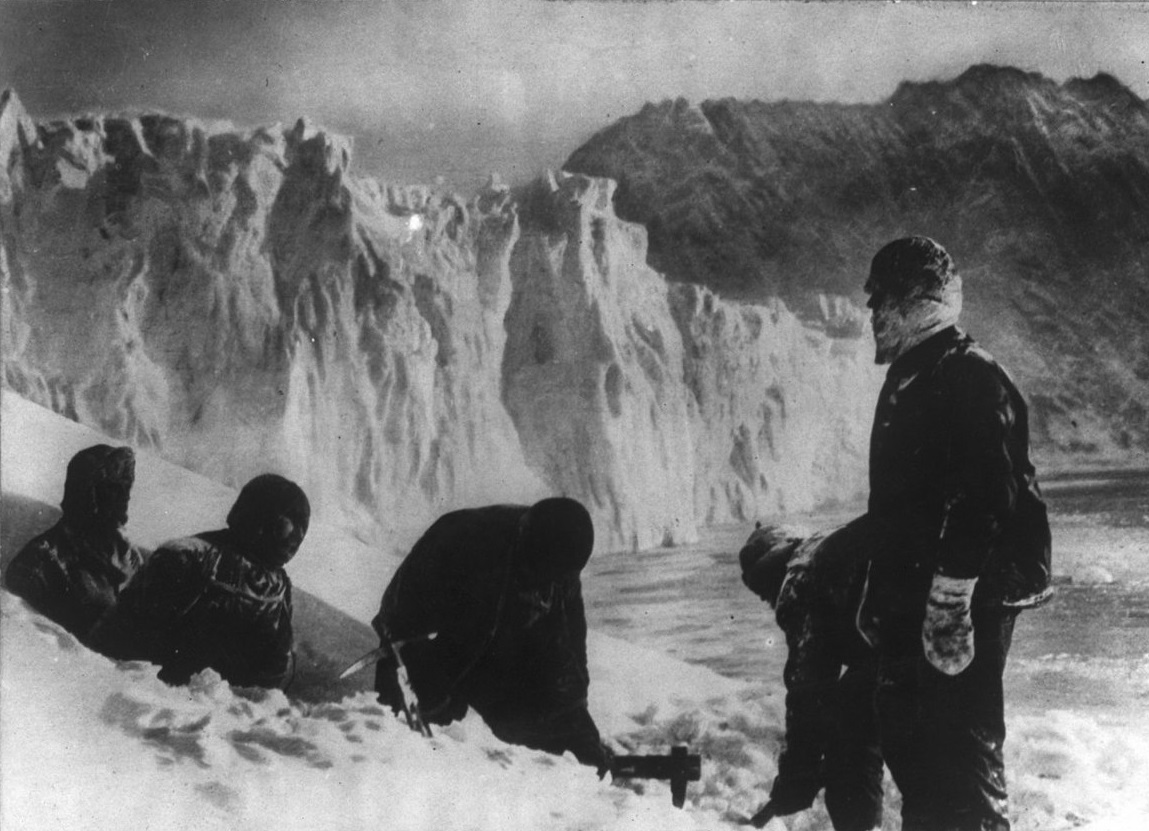 Underwood & Underwood, Wikimedia Commons
Underwood & Underwood, Wikimedia Commons
Keeping The Hope Alive
Desperate for some entertainment, the crew staged theatricals and also made an effort to recognize special events, like Empire Day. But as they kept themselves as busy as possible, waiting out the dark days, their positive attitudes were no match for the cruel twist of fate in store for them.
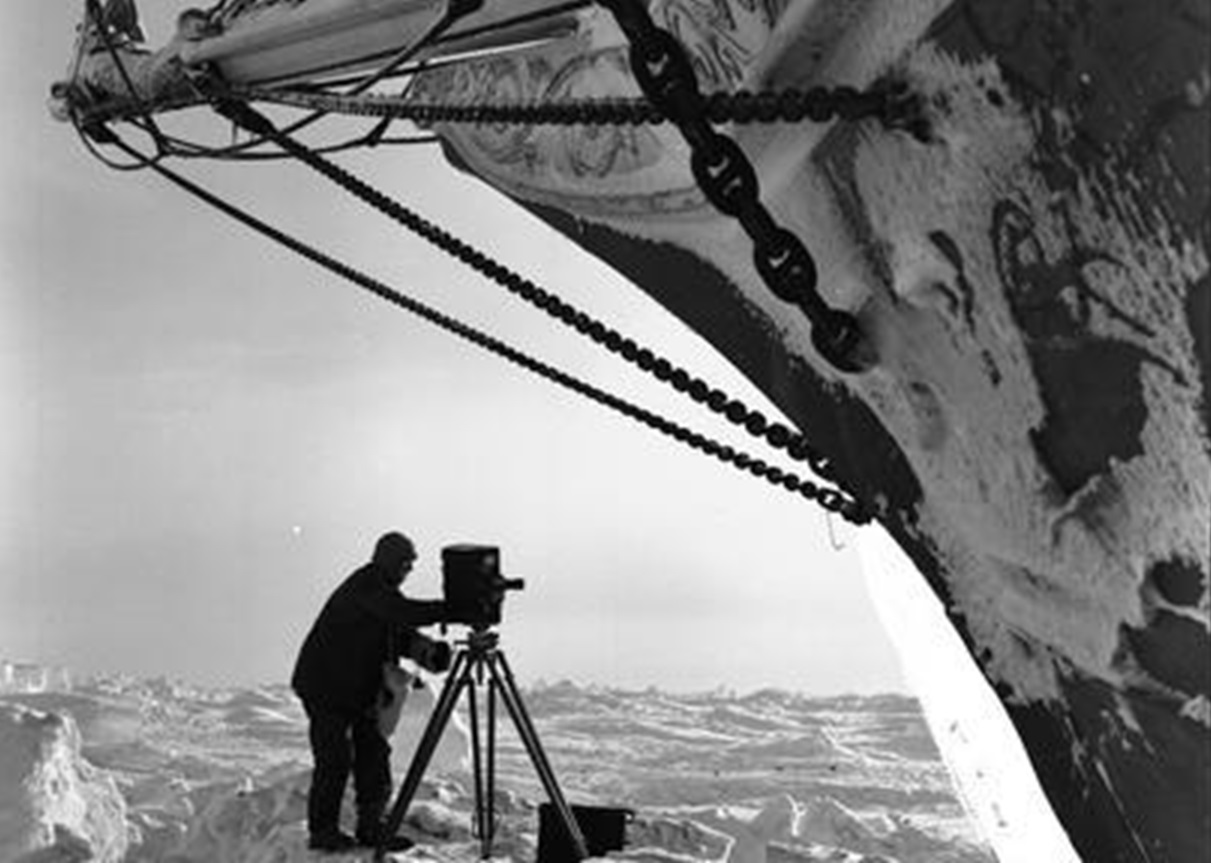 Amadalvarez, Wikimedia Commons
Amadalvarez, Wikimedia Commons
The End Of The "Endurance"
When August came around, the ice began to break a part, but the resulting pressure terrified Shackleton, who wrote, "Mighty blocks of ice [...] rose slowly till they jumped like cherry-stones gripped between thumb and finger [...] if the ship was once gripped firmly her fate would be sealed".
Once again, the Endurance was lucky and remained unscathed. Sadly, though, this luck was about to come to a crashing end.
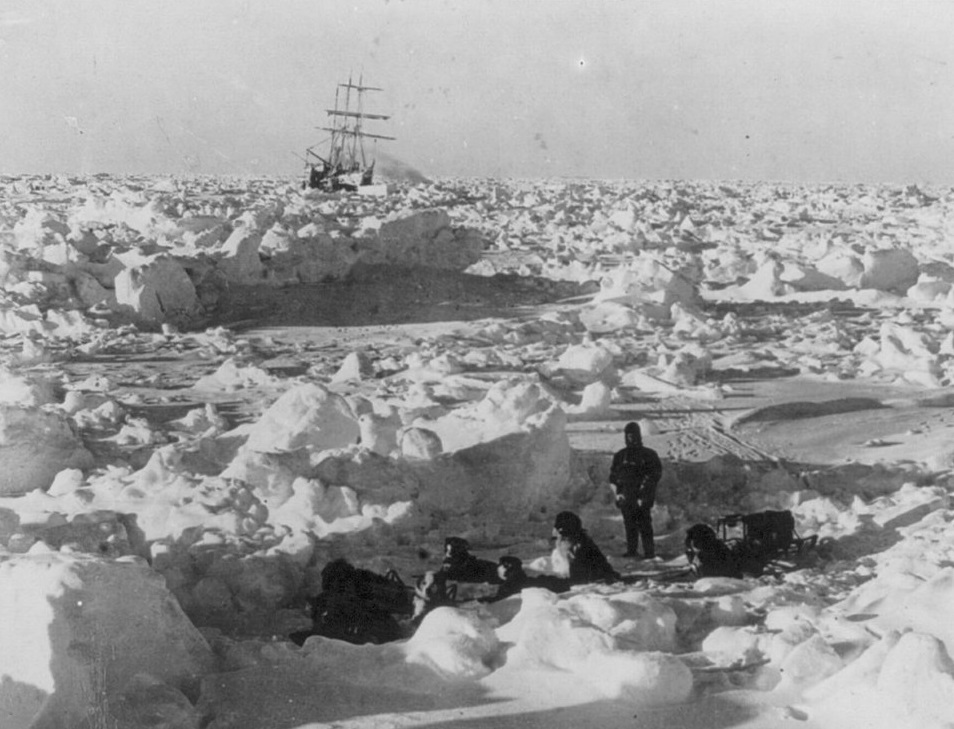 Underwood & Underwood, Wikimedia Commons
Underwood & Underwood, Wikimedia Commons
The End Of The "Endurance"
On October 24, the scariest day of the expedition dawned with a vengeance. The pressure from a large floe splintered the hull, causing icy water to rush in. The deafening crack of the wood giving way was a sound the men would never forget.
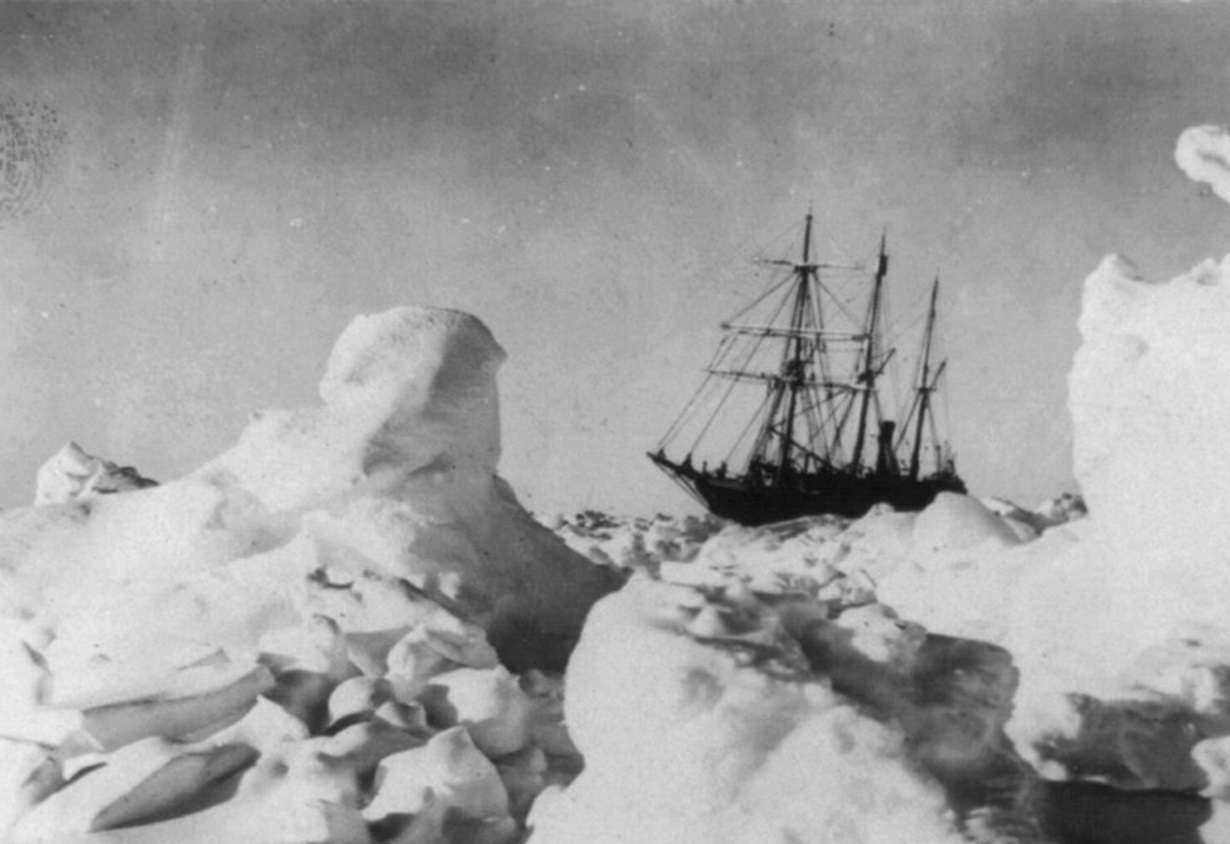 Underwood & Underwood, Wikimedia Commons
Underwood & Underwood, Wikimedia Commons
The Of The "Endurance"
According to one account, the splitting timbers sounded like "heavy fireworks and the blasting of guns". In the face of this disaster, the crew jumped into action.
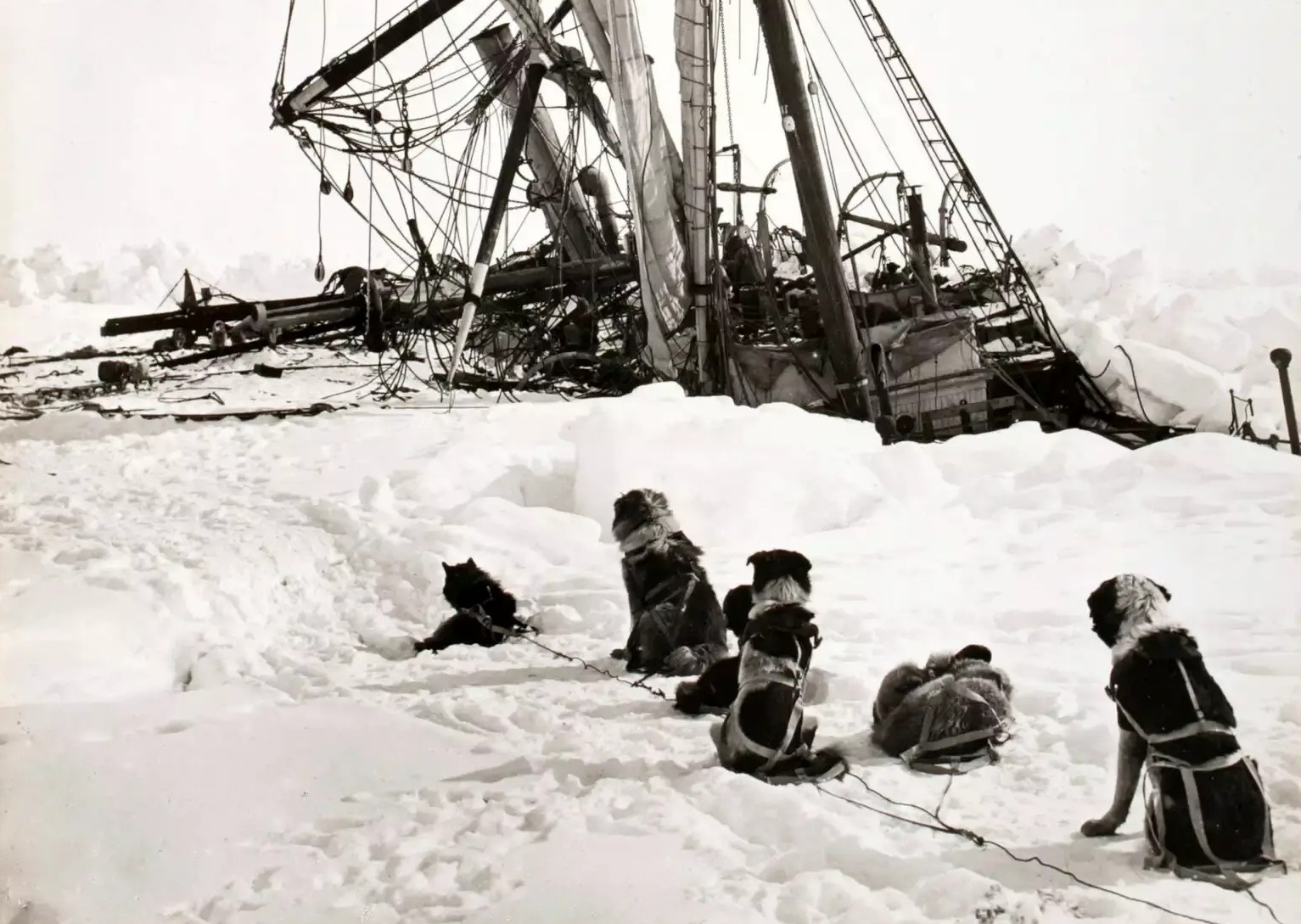 Underwood & Underwood,Wikimedia Commons
Underwood & Underwood,Wikimedia Commons
The Of The "Endurance"
The men began transferring their equipment from the bowels of the ship onto the ice. This included provisions and three lifeboats. At the same time, they focused their efforts on trying to fix the damaged hull.
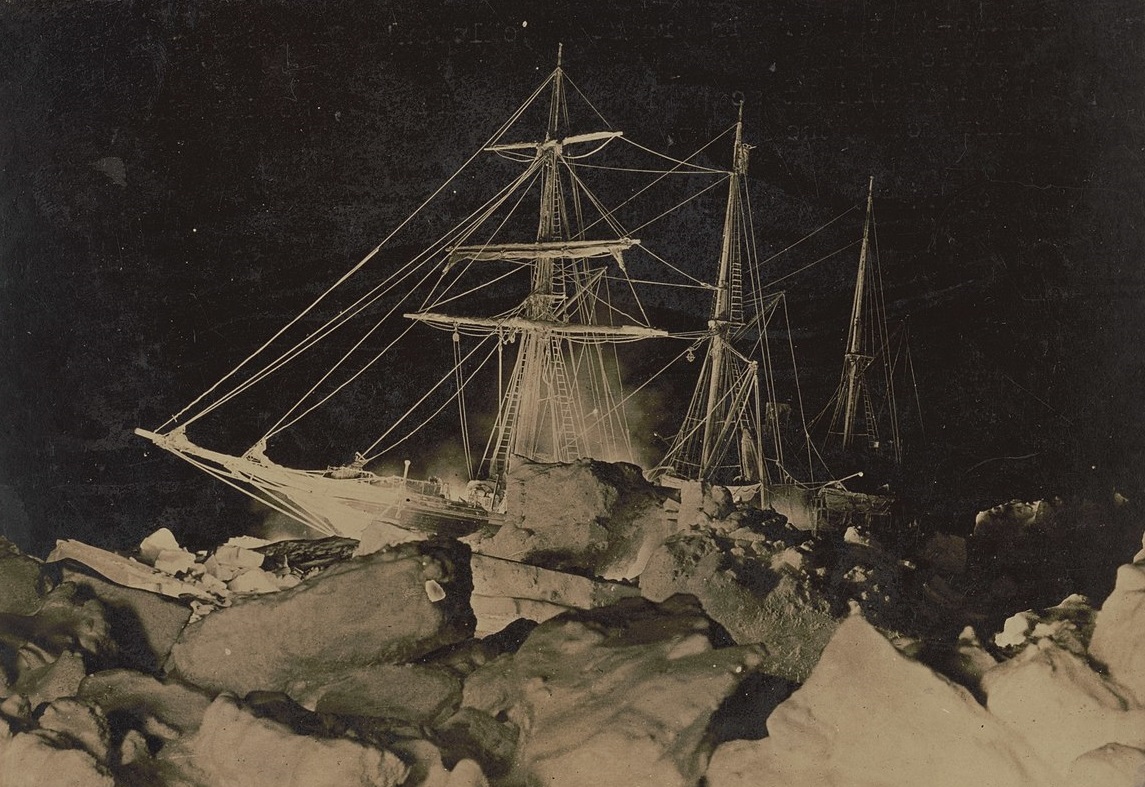 Underwood & Underwood, Wikimedia Commons
Underwood & Underwood, Wikimedia Commons
The Of The "Endurance"
This was the expedition's greatest nightmare yet—the men desperately trying to pump the water from the vessel. They worked for days, but on October 27, Shackleton had to acknowledge the cold, hard truth: The ship was doomed. It was finally time to abandon it.
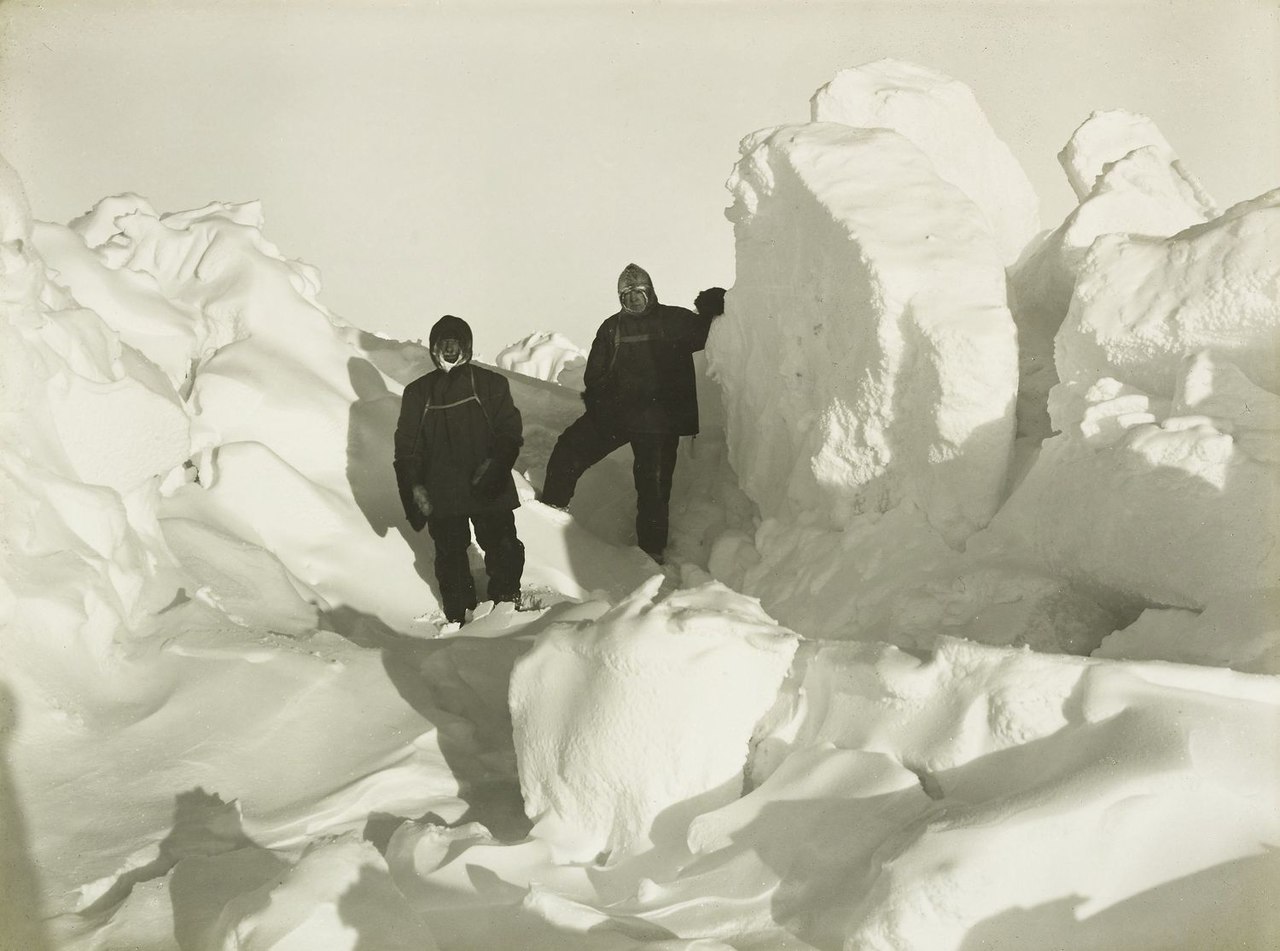 Frank Hurley, Wikimedia Commons
Frank Hurley, Wikimedia Commons
They Abandoned The Ship
Though the crew abandoned the ship, it didn't sink for many weeks. While it still remained above the surface, they managed to save whatever they could. However, they couldn't keep everything.
They Abandoned The Ship
Unfortunately, the party could only hold on to the resources they 100% needed, anything else—like bibles, sentimental items, and books—had to be left behind. But perhaps the most tragic aspect of the sinking Endurance was what happened to the animals on board.
They Abandoned The Ship
There were 69 dogs on this missions, but sadly, some of the weakest ones had to be shot. As well, the only tomcat on the ship, lovingly called Mrs Chippy by many, met the same fate.
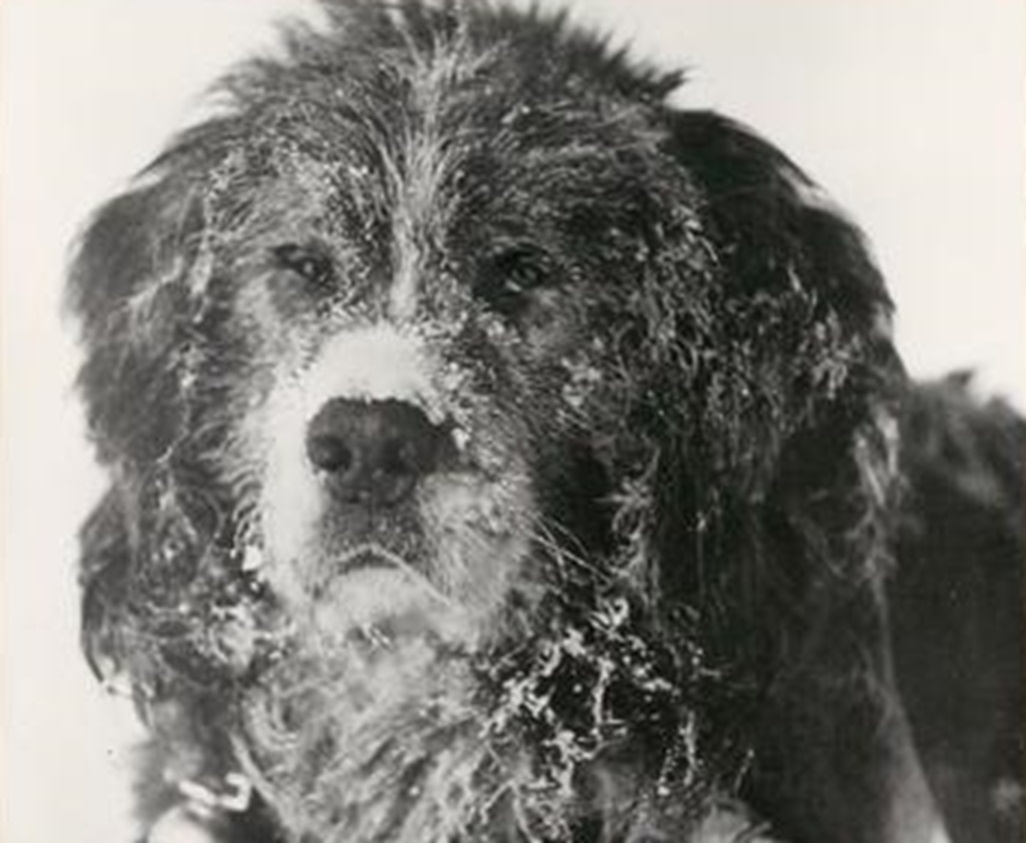 Frank Hurley, Wikimedia Commons
Frank Hurley, Wikimedia Commons
Living On The Ice
Though the crew had hoped to set out for land, trekking over the ice, they quickly realized how flawed their plan was. The conditions proved too treacherous, and Shackleton had to admit defeat. They couldn't go anywhere.
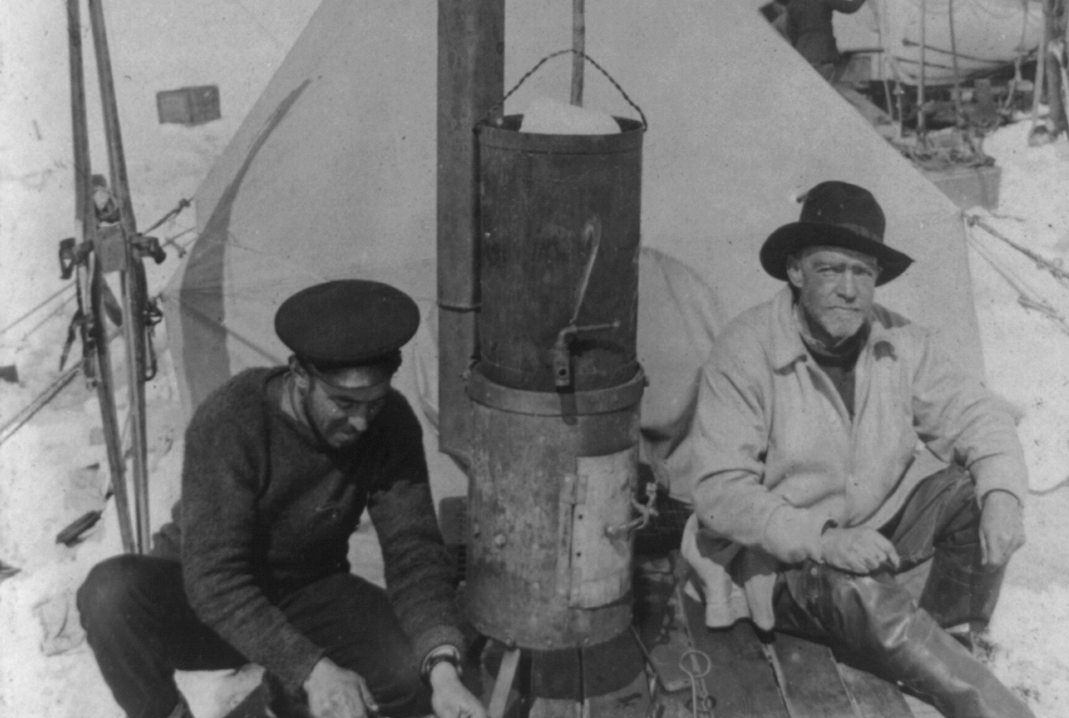 Underwood & Underwood, Wikimedia Commons
Underwood & Underwood, Wikimedia Commons
Living On The Ice
Writing about their stranded situation, Shackleton noted, "There was no alternative, but to camp once more on the floe and to possess our souls with what patience we could till conditions should appear more favorable for a renewal of the attempt to escape".
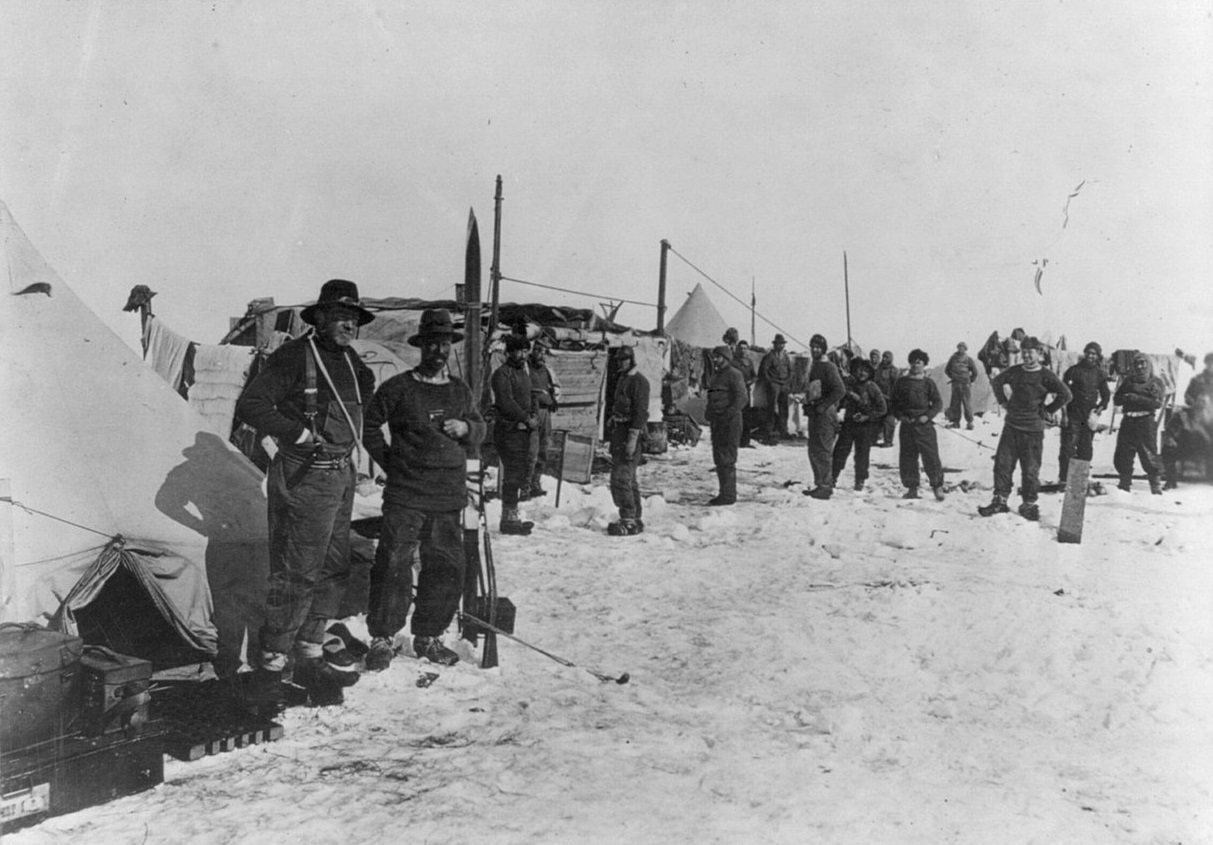 Underwood & Underwood, Wikimedia Commons
Underwood & Underwood, Wikimedia Commons
Living On The Ice
Though the crew attempted another march at the end of December 1915, it turned out to be another failed endeavor. They spent months drifting northward on the ice, meaning it was only a matter of time before their dwindling food rations became their biggest problem.
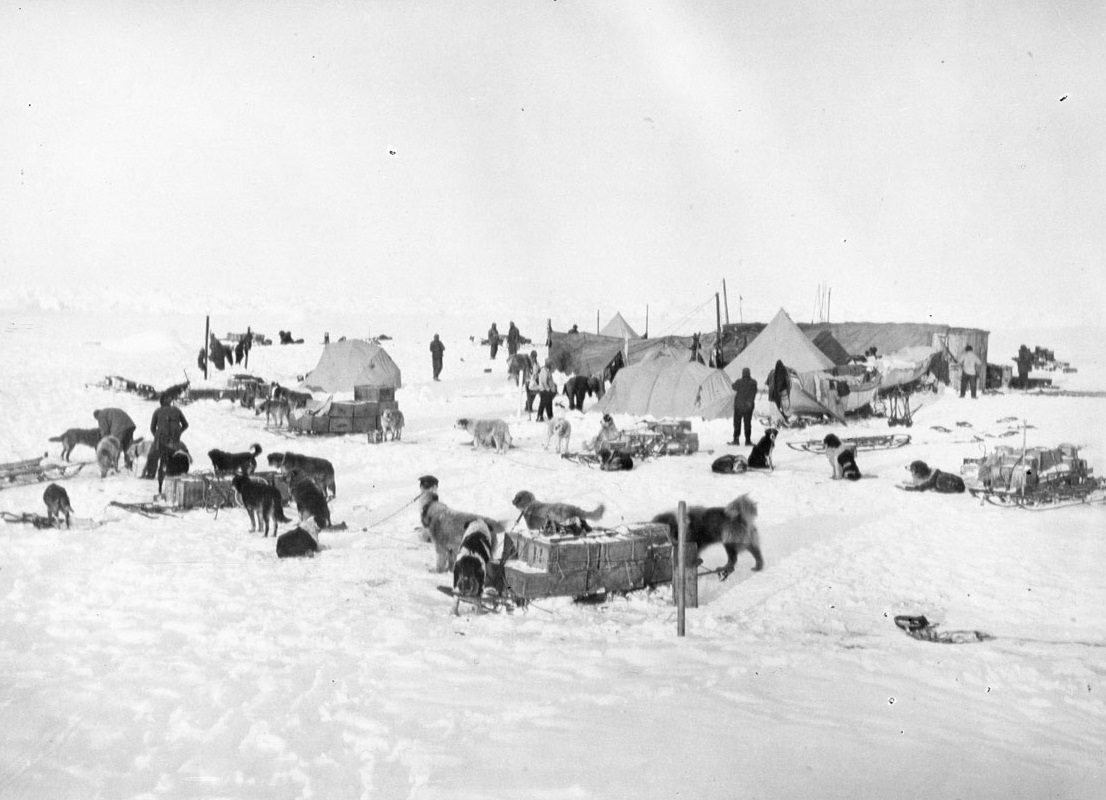 National Maritime Museum from Greenwich, United Kingdom, Wikimedia Commons
National Maritime Museum from Greenwich, United Kingdom, Wikimedia Commons
Survival Methods
In order to survive, the crew relied on seal meat, which prevented them from completely obliterating their stores of packaged rations. However, the dogs also relied on this meat to survive.
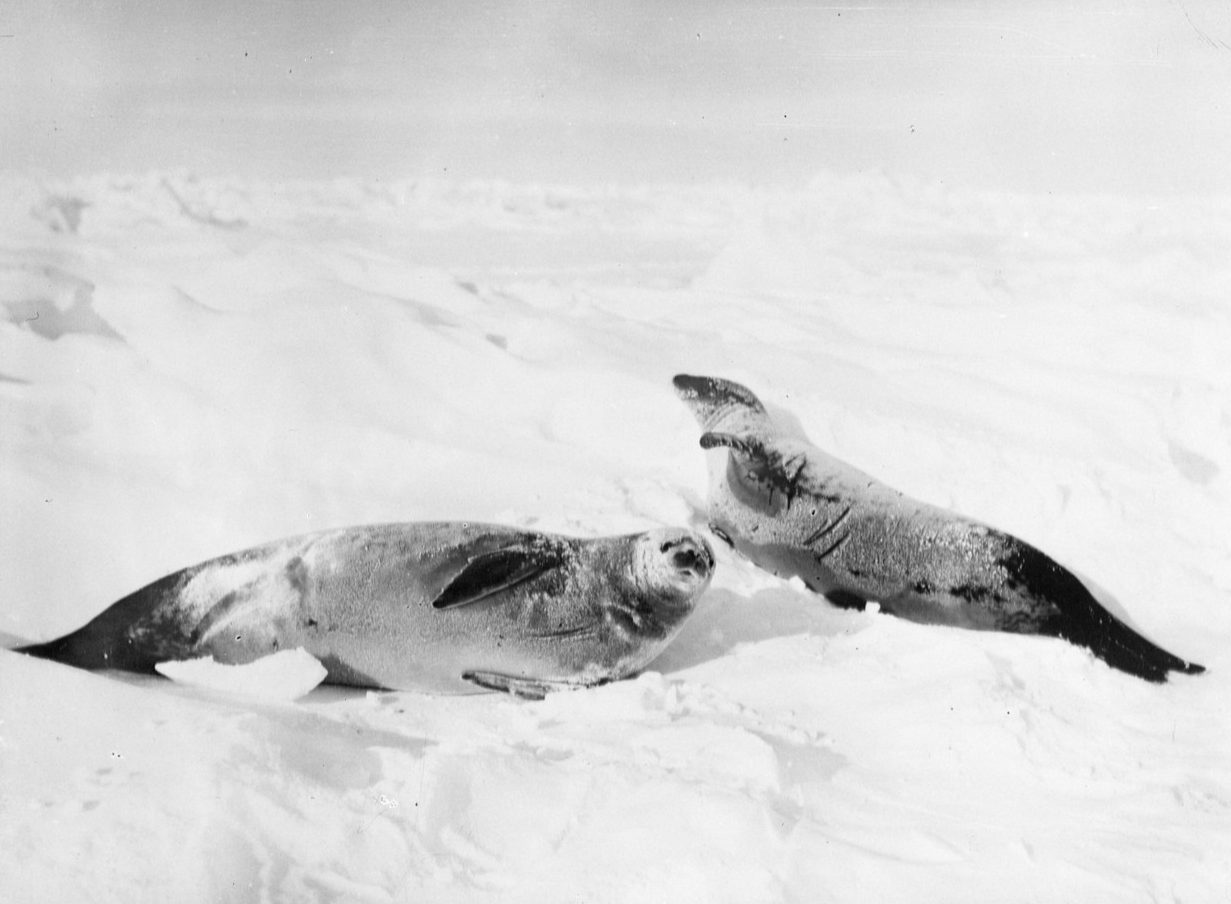 James Francis Hurley, Wikimedia Commons
James Francis Hurley, Wikimedia Commons
Survival Methods
In order to conserve food, Shackleton made the difficult decision to end the lives of even more dogs—two team in January, followed by another two teams in April. However, that same month, everything changed.
 Frank Hurley, Wikimedia Commons
Frank Hurley, Wikimedia Commons
Heading For Land
On April 7, 1916, the men clapped their eyes on the one thing they'd been hoping to see—land. They had drifted close enough to Clarence Island and Elephant Island that they could see the craggy terrain. The small flicker of hope that still burned in their hearts suddenly expanded.
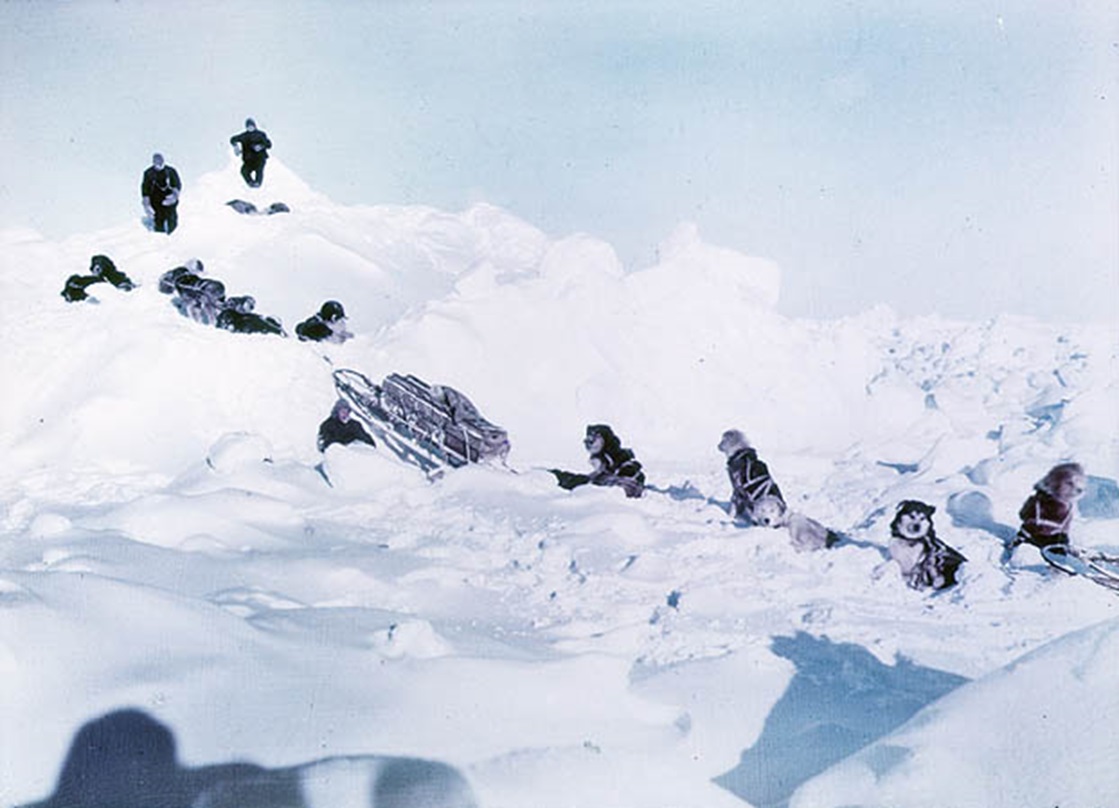 State Library of New South Wales collection, Wikimedia Commons
State Library of New South Wales collection, Wikimedia Commons
Heading For Land
Two days later, the ice began to break a part, and with this new development, Shackleton and his crew boarded their lifeboats and headed for the islands. The journey was excruciating.
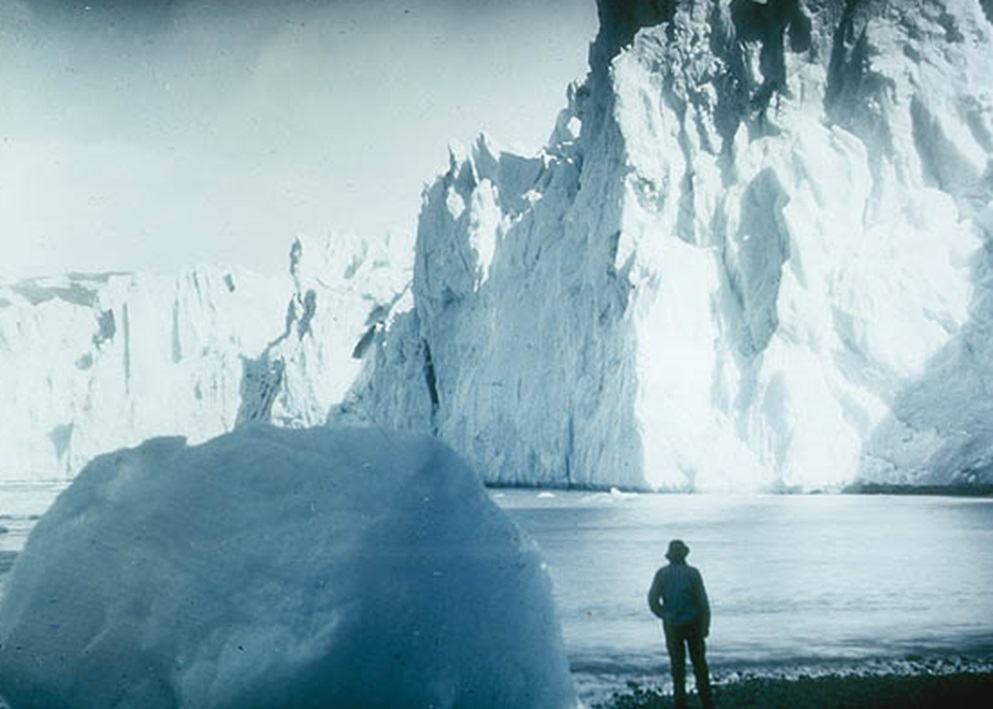 Paget plate by Frank Hurley, Wikimedia Commons
Paget plate by Frank Hurley, Wikimedia Commons
Heading For Land
As if their many months adrift wasn't depressing enough, the crew's time on the lifeboats was its own unique battle. The men contended with freezing water, squalls, and seasickness. But it was Captain Worsley who managed the unthinkable.
 James Francis Hurley, Wikimedia Commons
James Francis Hurley, Wikimedia Commons
Heading For Land
Worsley was the one in charge of navigation, and for six brutal days, he pointed the crew in the right direction. By the time Elephant Island stood just 30 miles away, he'd gone 80 hours without a wink of sleep.
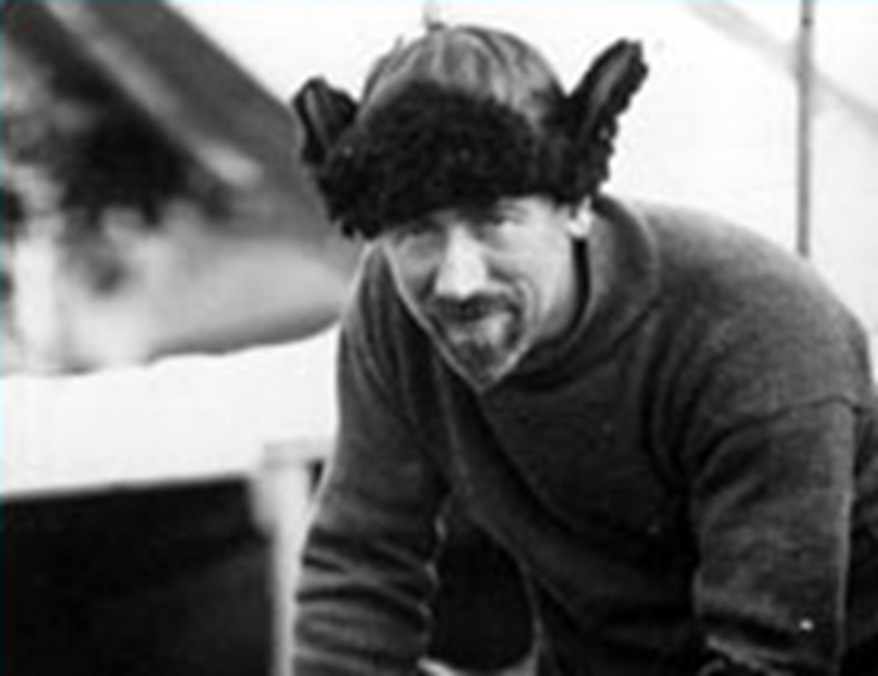 Frank Hurley, Wikimedia Commons
Frank Hurley, Wikimedia Commons
Heading For Land
According to Shackleton's second-in-command, Frank Wild, the crew was in a horrifying state: “at least half the party were insane". They were beyond exhausted—freezing, ill, and suffering from dystentery. But despite all of this suffering, they finally made it to Elephant Island on April 15.
However, they weren't out of the woods quite yet.
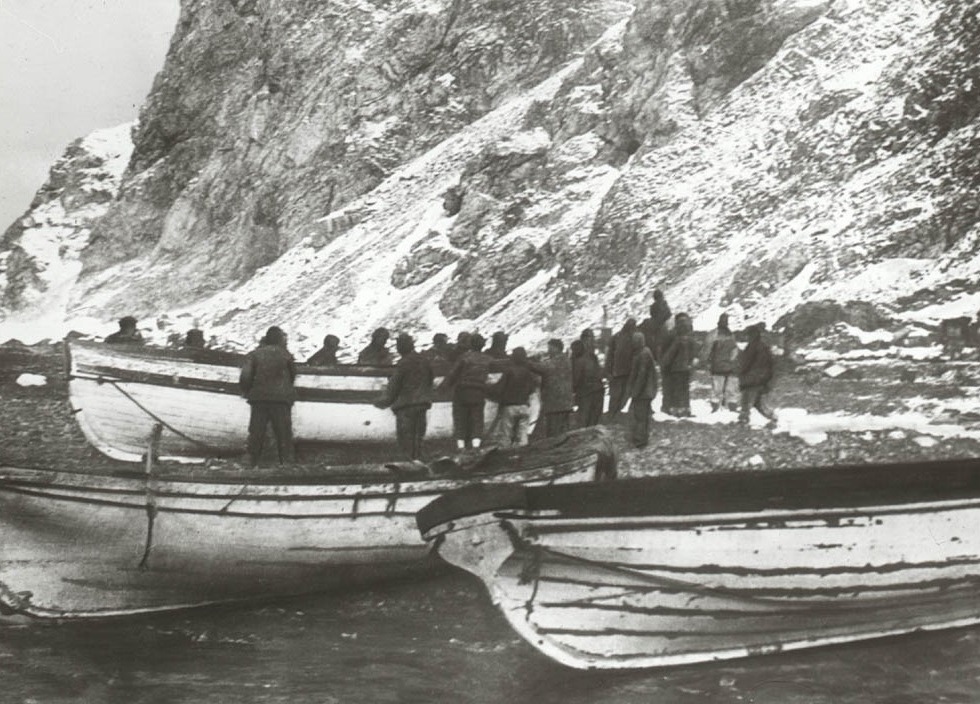 Frank Hurley, Wikimedia Commons
Frank Hurley, Wikimedia Commons
Elephant Island
It had been an outrageously long time since any of them men had set foot on land—497 days. But Elephant Island wasn't exactly the picture of salvation. For one, it was very isolated island. Nobody lived there and barely anyone ever visited.
Elephant Island
The crew knew that they couldn't all stay on the island and wait for help. They would certainly perish. Therefore, their one chance of making it back alive would be to send out a small team in one of the lifeboats to get help.
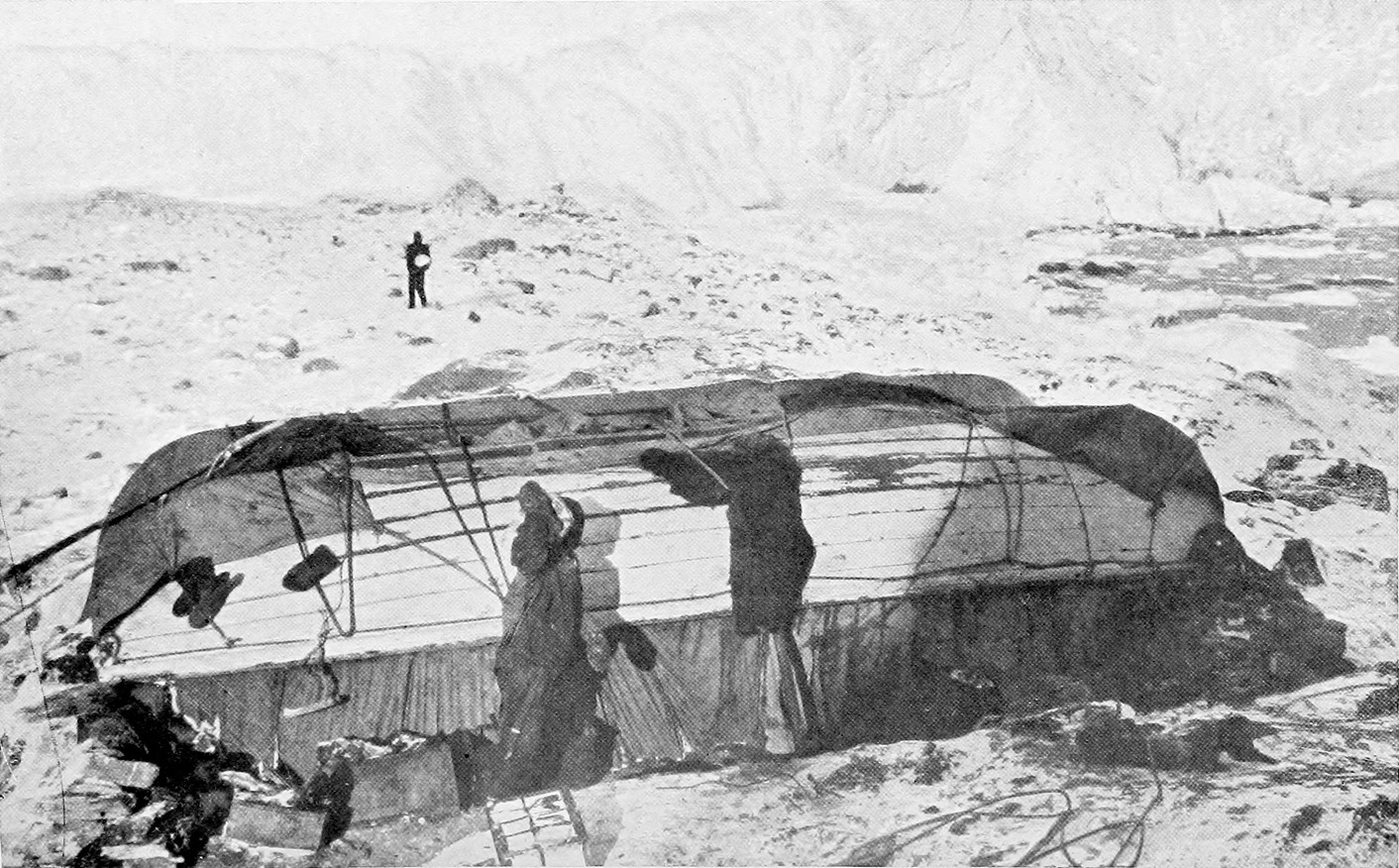 Ernest Henry Shackleton, F. Hurley, Wikimedia Commons
Ernest Henry Shackleton, F. Hurley, Wikimedia Commons
Aboard The "James Caird"
The lifeboat they chose to make this voyage was the James Caird, measuring just 6.9 meters—a shockingly small vessel for such an unbelievably long and dangerous mission.
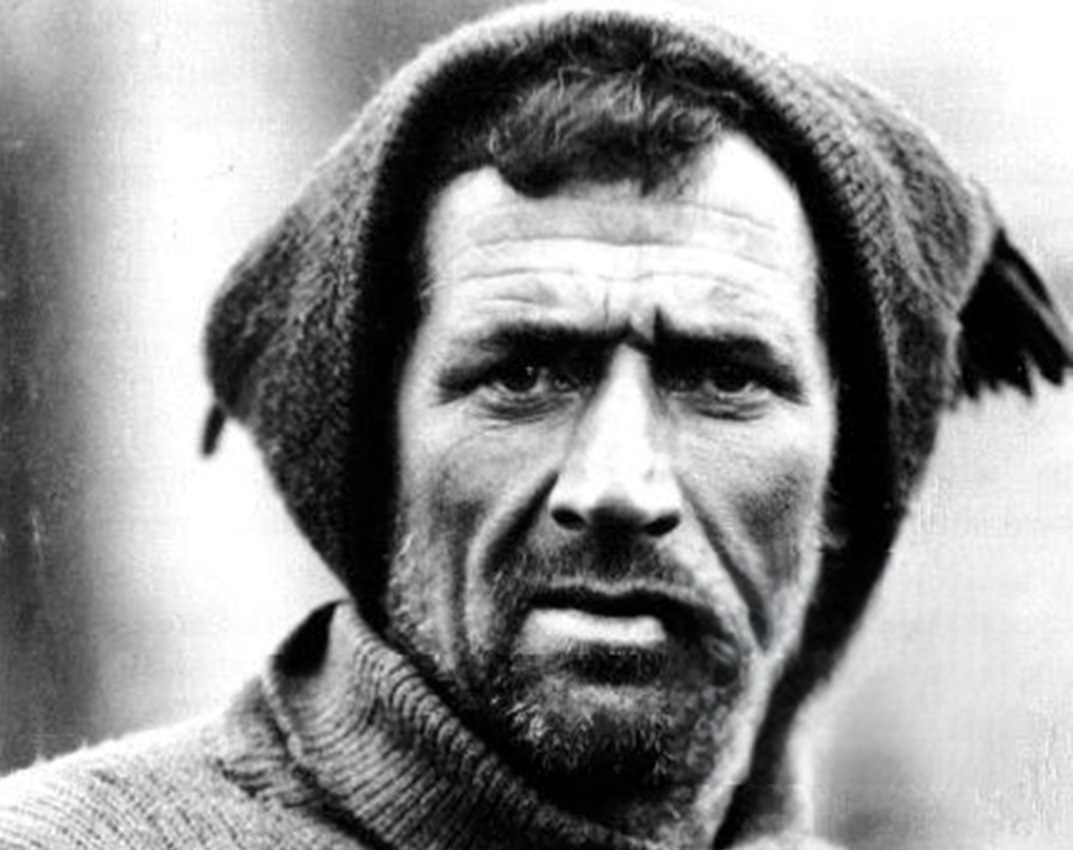 Frank Hurley, Wikimedia Commons
Frank Hurley, Wikimedia Commons
Aboard The "James Caird"
In the end, a group of six brave men, including Shackleton and Worsley, resolved to undertake the 800-mile journey all the way back to South Georgia on the James Caird. The next 16 days would be seared into their memories forever.
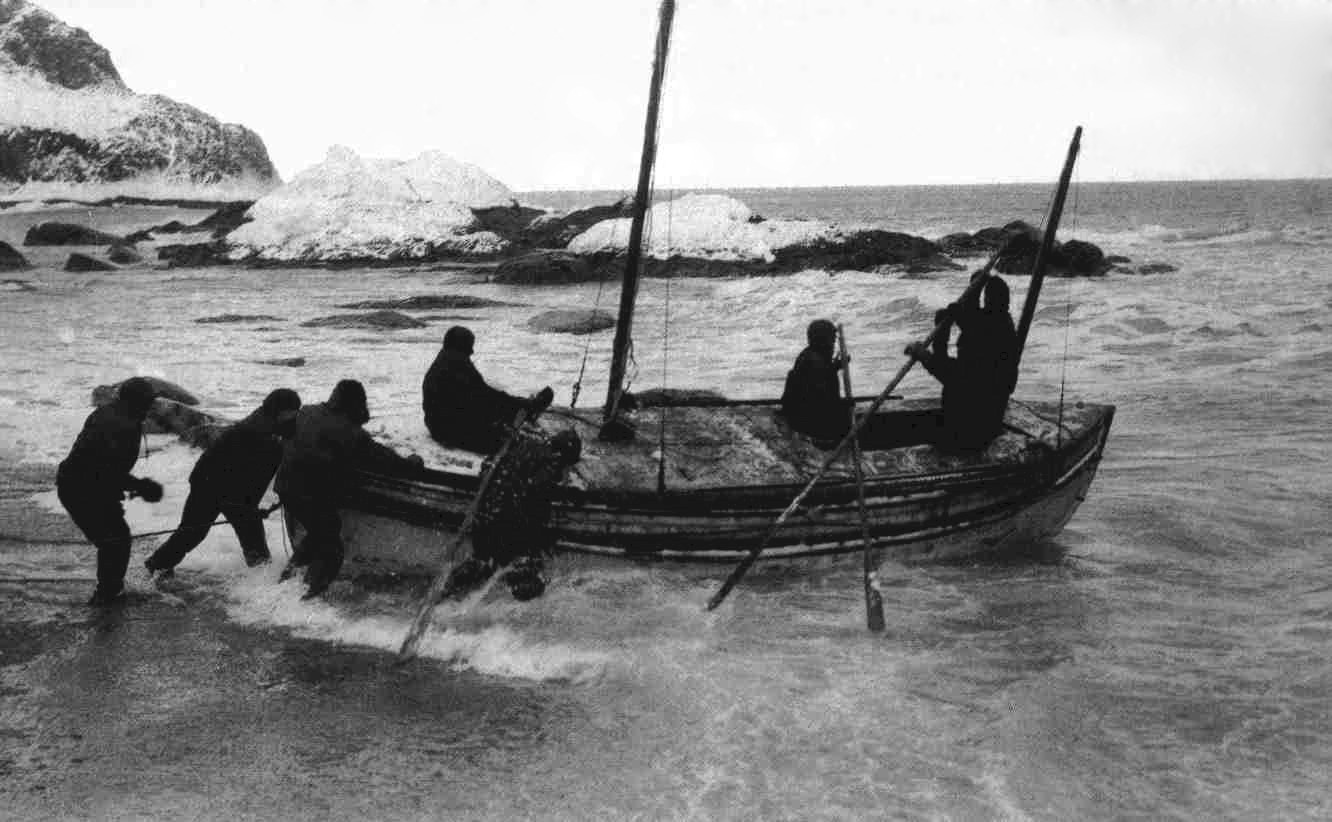 Probably Frank Hurley, Wikimedia Commons
Probably Frank Hurley, Wikimedia Commons
Aboard The "James Caird"
Though the Endurance had sank, the men somehow managed to hold onto the spirit of endurance—no matter what challenge came hurdling across their paths. Shackleton's rescue mission across the Southern Ocean tested him all over again.
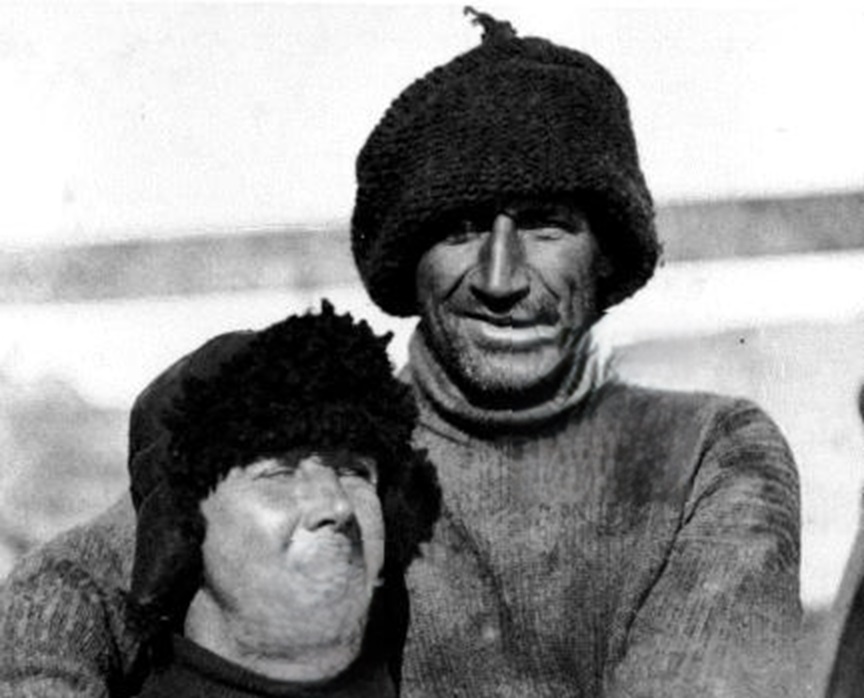 Unknown Author, Wikimedia Commons
Unknown Author, Wikimedia Commons
Aboard The "James Caird"
According to Shackleton's records, he reported, “The boat tossed interminably on the big waves under grey, threatening skies. Every surge of the sea was an enemy to be watched and circumvented".
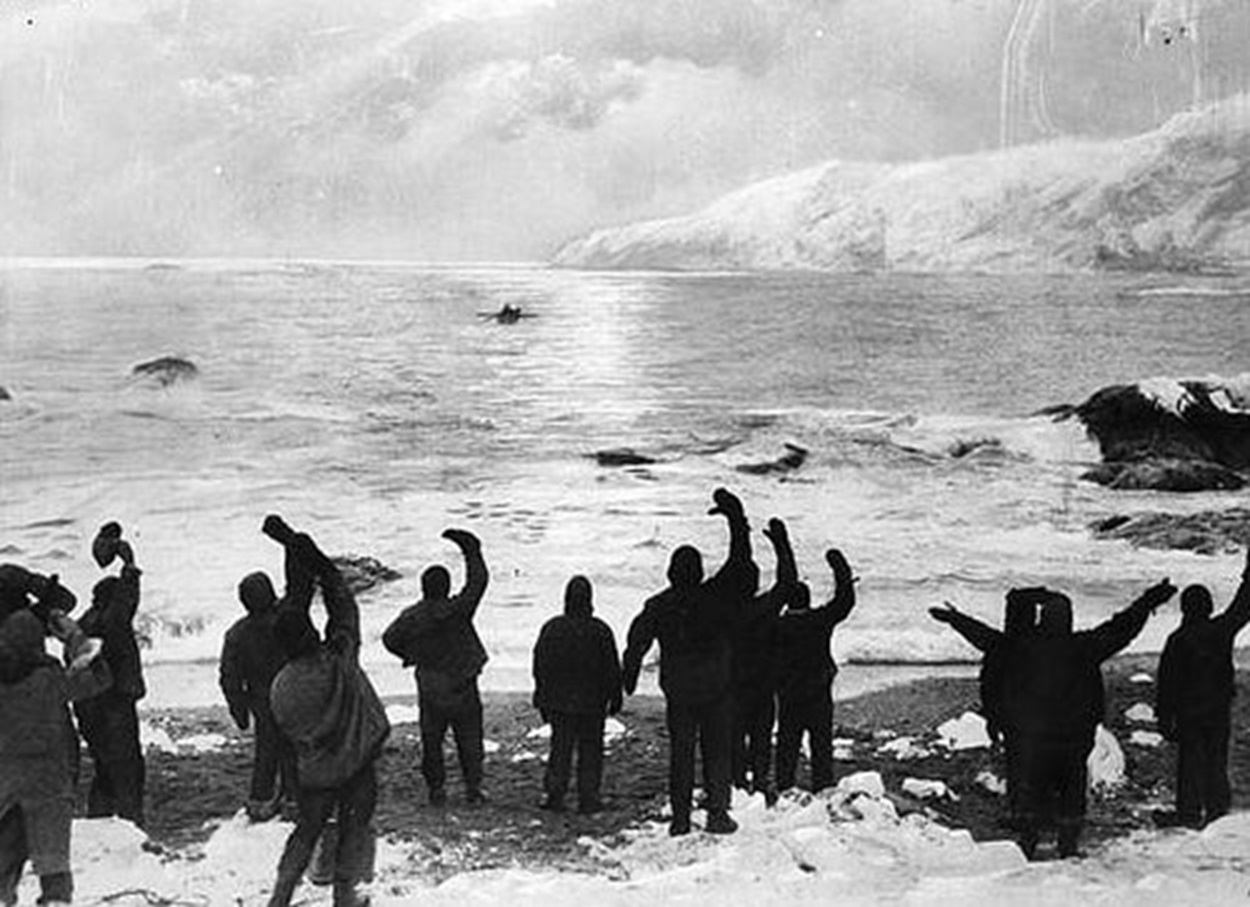 Frank Hurley, Wikimedia Commons
Frank Hurley, Wikimedia Commons
Aboard The "James Caird"
Against all the odds, the James Caird did make it to South Georgia. However, there was just one problem. Thanks to a hurricane, they wound up on the wrong side of the island.
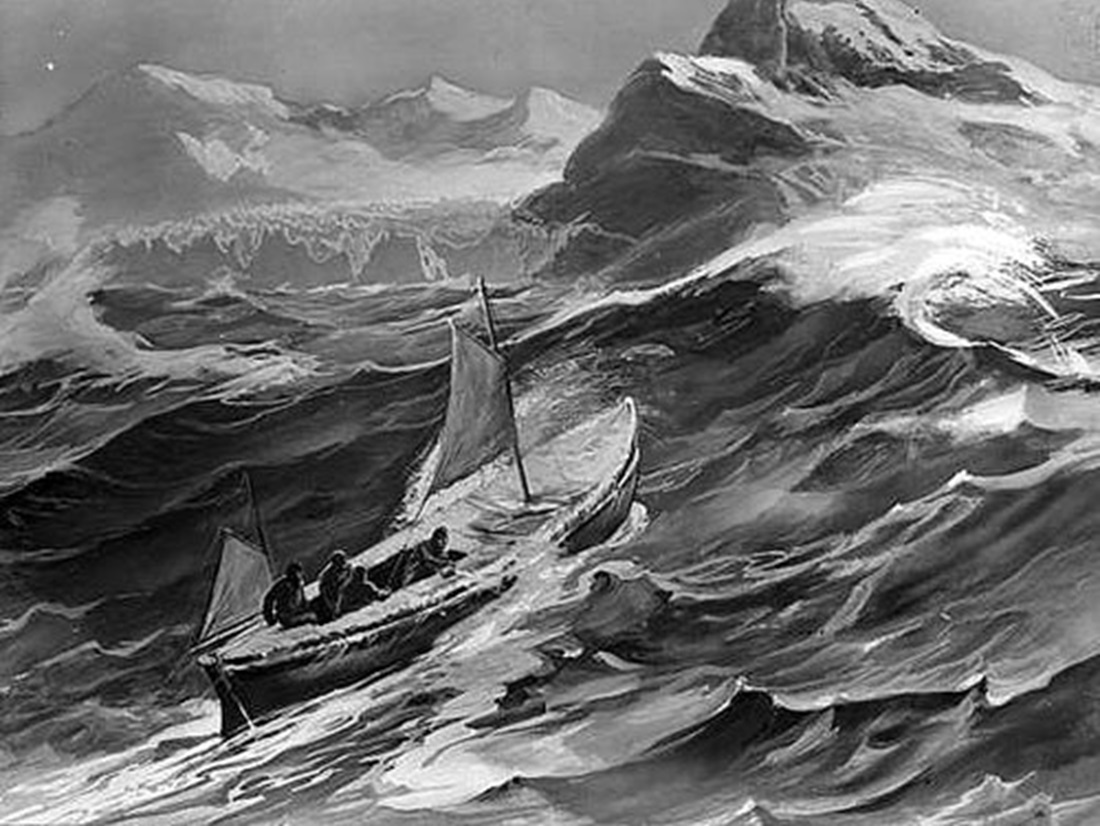 George Marston, Wikimedia Commons
George Marston, Wikimedia Commons
The Final Stretch
Without a map to aid them, three of the men embarked on another journey—this time over land, navigating across glaciers and mountains to reach the whaling station at Stromness. It was a 36-hour trek that pushed them to their limits: Shackleton, Worsley, and Tom Crean were truly at the end of their ropes.
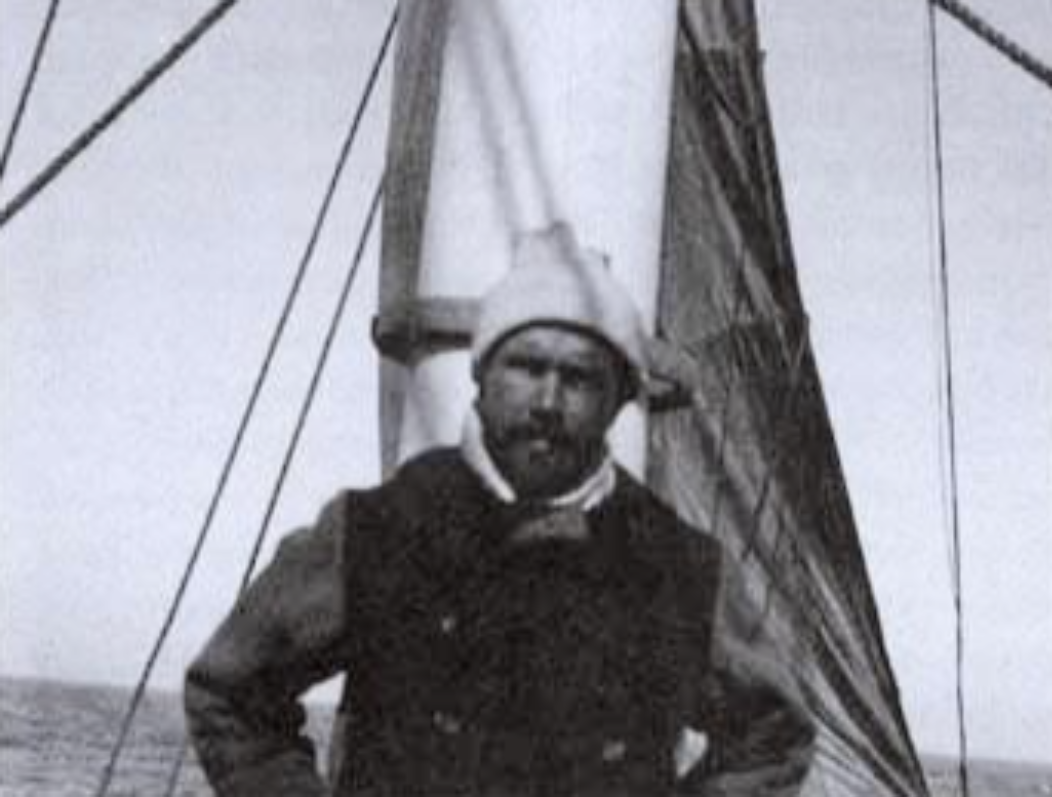 Unknown Author, Wikimedia Commons
Unknown Author, Wikimedia Commons
The Final Stretch
When they finally made it the station, they were like three ghosts emerging from the direction of the mountains—or by Worsley's account, "a terrible trio of scarecrows".
![]() Underwood & Underwood, Wikimedia Commons
Underwood & Underwood, Wikimedia Commons
The Final Stretch
With their entire crew relying on their success, Shackleton, Worsley, and Crean finally crossed the finish line—but they certainly looked worse for wear. Being exposed to the harsh elements had them covered in blubber soot and frostbite. However, their work was far from over.
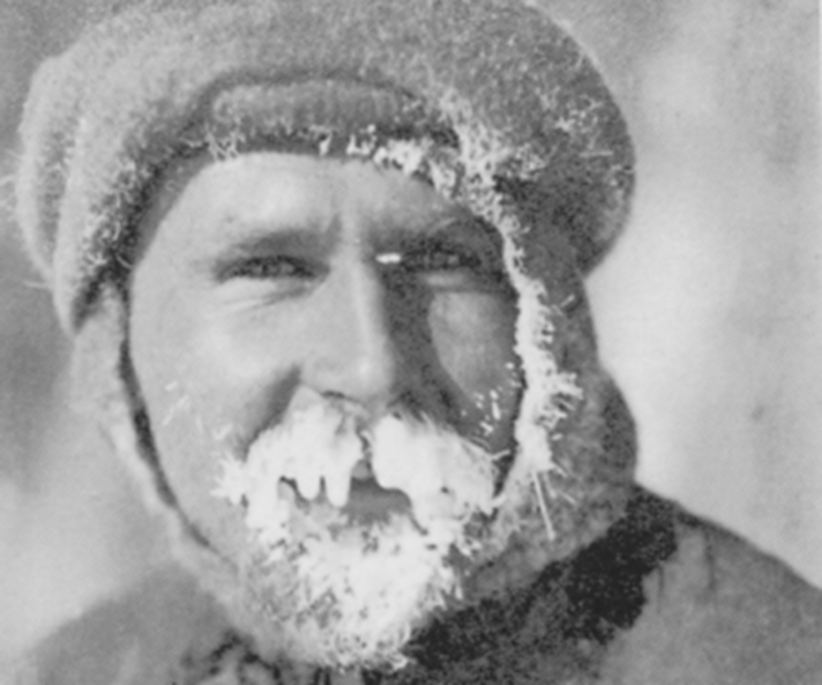 Frank Hurley, Wikimedia Commons
Frank Hurley, Wikimedia Commons
The Rescue Mission
Following the rescue of the remaining three men aboard the James Caird, it was time to confront the next major challenge: Traveling back to Elephant Island to bring the rest of the crew to safety.
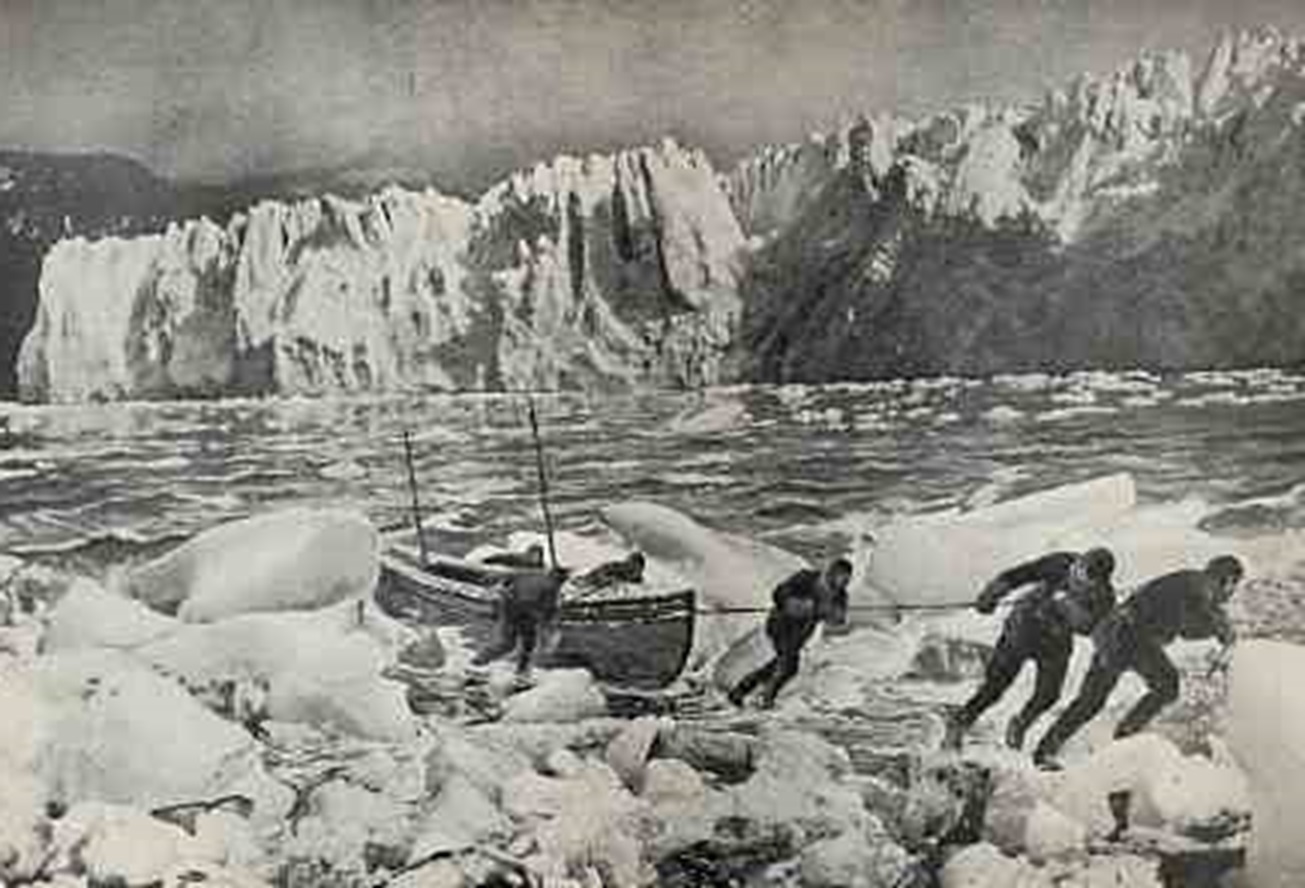 George Marston, Wikimedia Commons
George Marston, Wikimedia Commons
The Rescue Mission
Unfortunately, the rough winter season prevented Shackleton from launching his rescue mission right away. In a stressful turn of events, he had to wait over three months before heading back to Elephant Island.
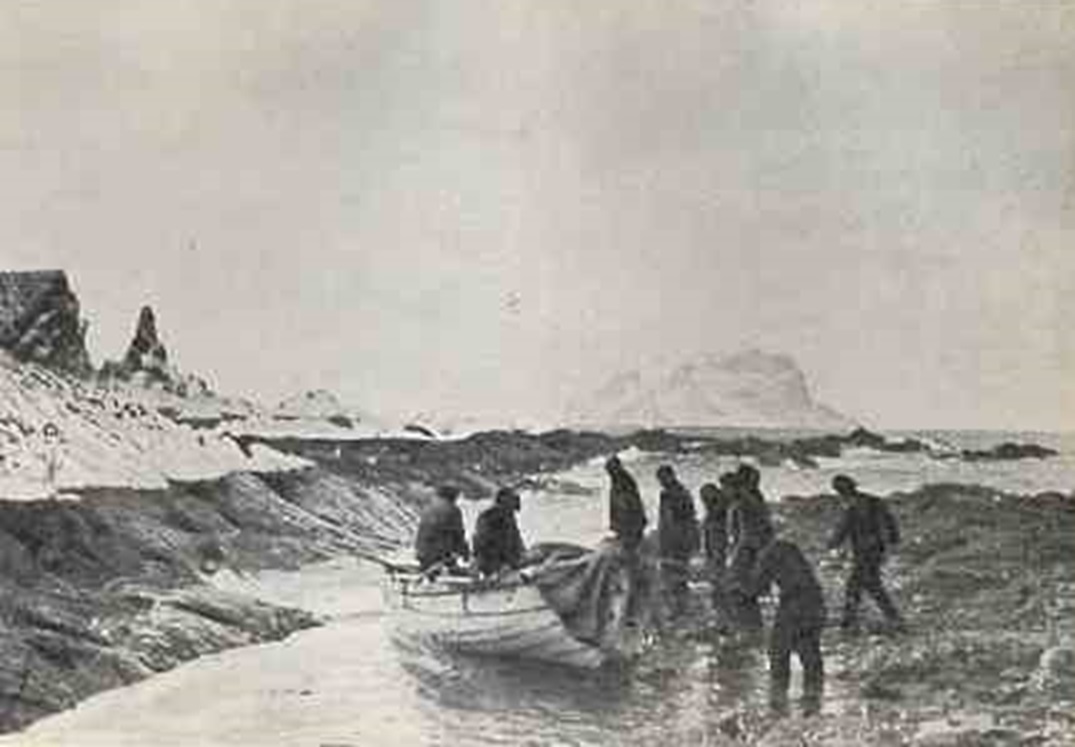 Frank Hurley, Wikimedia Commons
Frank Hurley, Wikimedia Commons
The Final Rescue Mission
Shackleton tried three times to sail a ship back to his 22 stranded men—but every attempt ended in disappointment. Meanwhile, on Elephant Island, the crew waited and waited, keeping their tired eyes on the horizon in the hopes of seeing a ship. Their optimism began to falter.
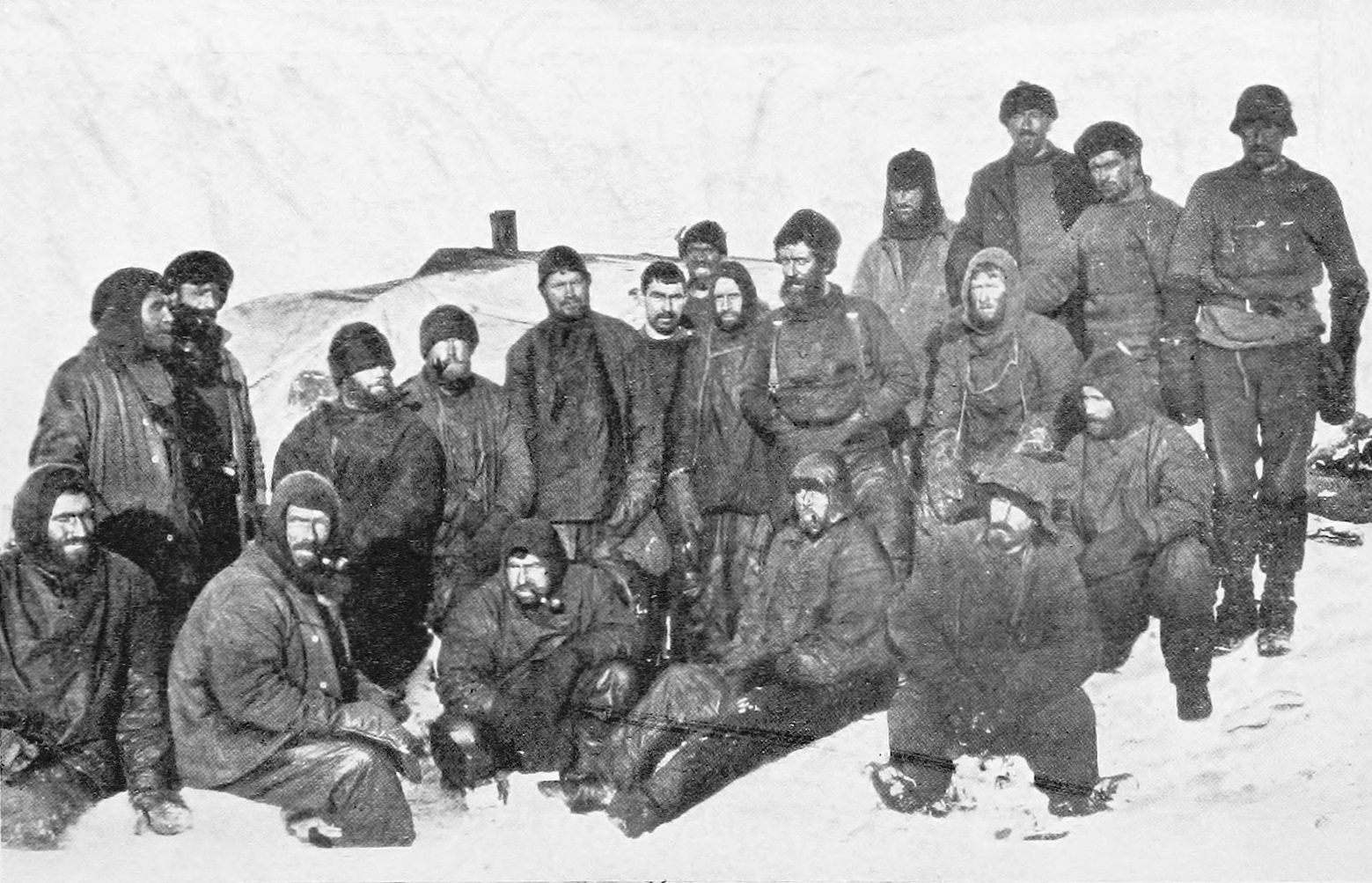 Ernest Henry Shackleton, F. Hurley, Wikimedia Commons
Ernest Henry Shackleton, F. Hurley, Wikimedia Commons
The Final Rescue Mission
Finally, a steam-tug called Yelcho, which Shackleton found in Chile, became the answer to his struggles. On August 30, 1916, the crew on Elephant Island looked to the ocean—and couldn't believe their eyes.
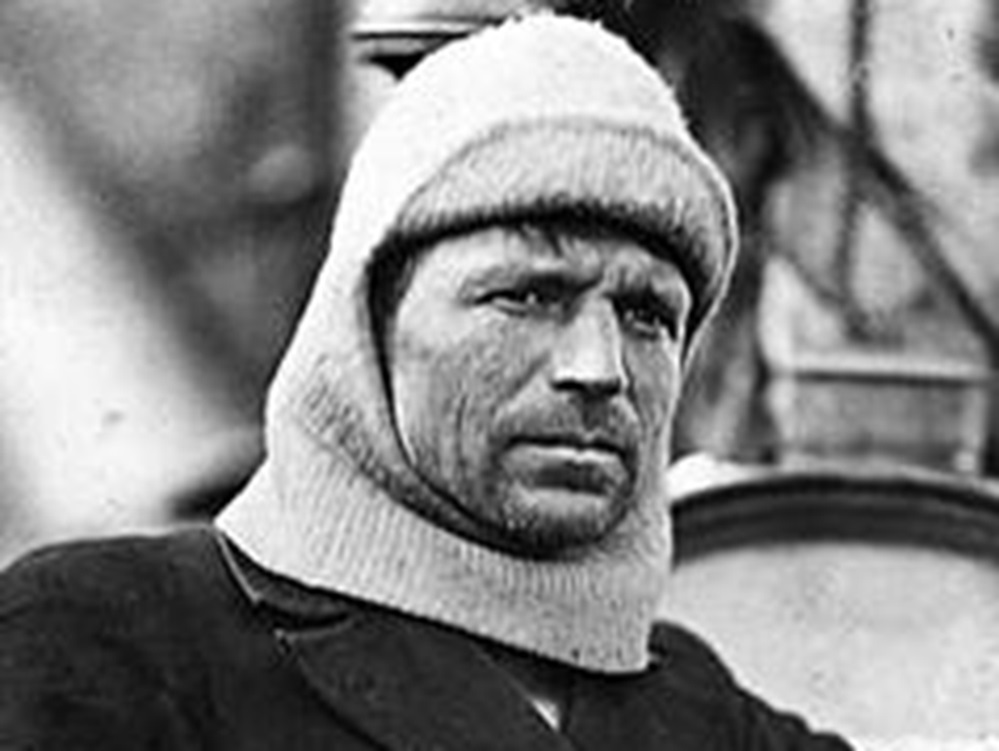 Frank Hurley, Wikimedia Commons
Frank Hurley, Wikimedia Commons
The Final Rescue Mission
As the story goes, the men were about to dig into their lunch when the Yelcho came into view. The brave group of six had set sail on the James Caird 128 days prior. Their unbelievable act of courage had certainly paid off—the Yelcho recuing the remaining members.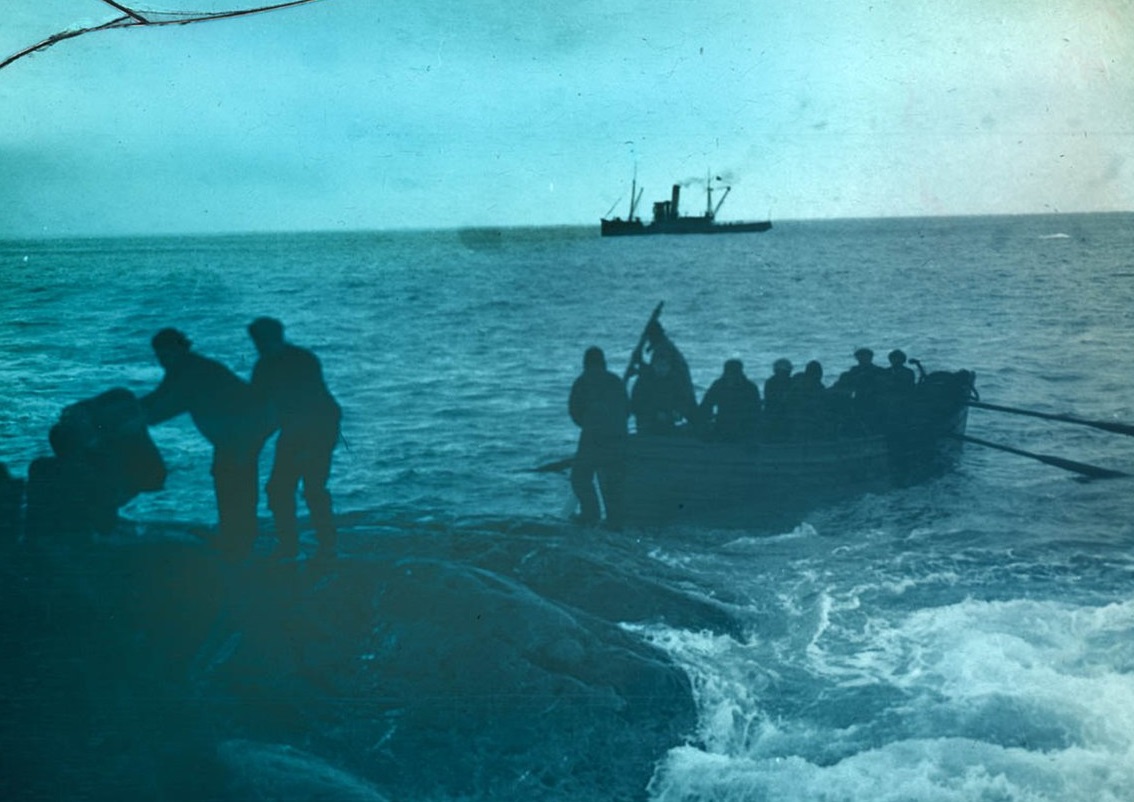 State Library of New South Wales collection, Wikimedia Commons
State Library of New South Wales collection, Wikimedia Commons
The Final Rescue Mission
Miraculously, every single man that signed up for the expedition survived their ordeal on the ice and on Elephant Island, with all of them reaching sweet salavation in Chile on September 3.
Shackleton's Sad Fate
But though this was undoubtedly a triumphant "happily ever after" for all involved, the deep trauma of the experience left some deep scars. For one, Ernest Shackleton was never truly the same again.
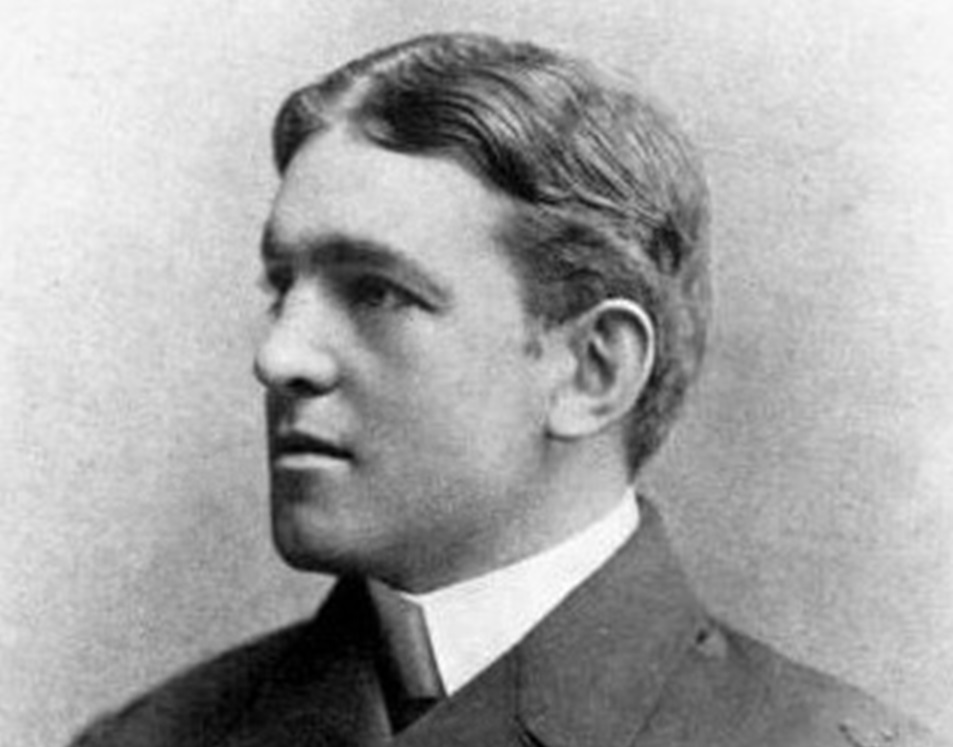 Unknown Author, CC BY-SA 3.0, Wikimedia Commons
Unknown Author, CC BY-SA 3.0, Wikimedia Commons
Shackleton's Sad Fate
Despite his many ventures to the Antarctic, Shackleton never achieved some of his loftier goals. Not only did he never visit the South Pole, but he also never crossed the continent. Even after the Endurance debacle, he still desired to explore that treacherous part of the world. Even wilder? Some of his old crew mates even joined him.
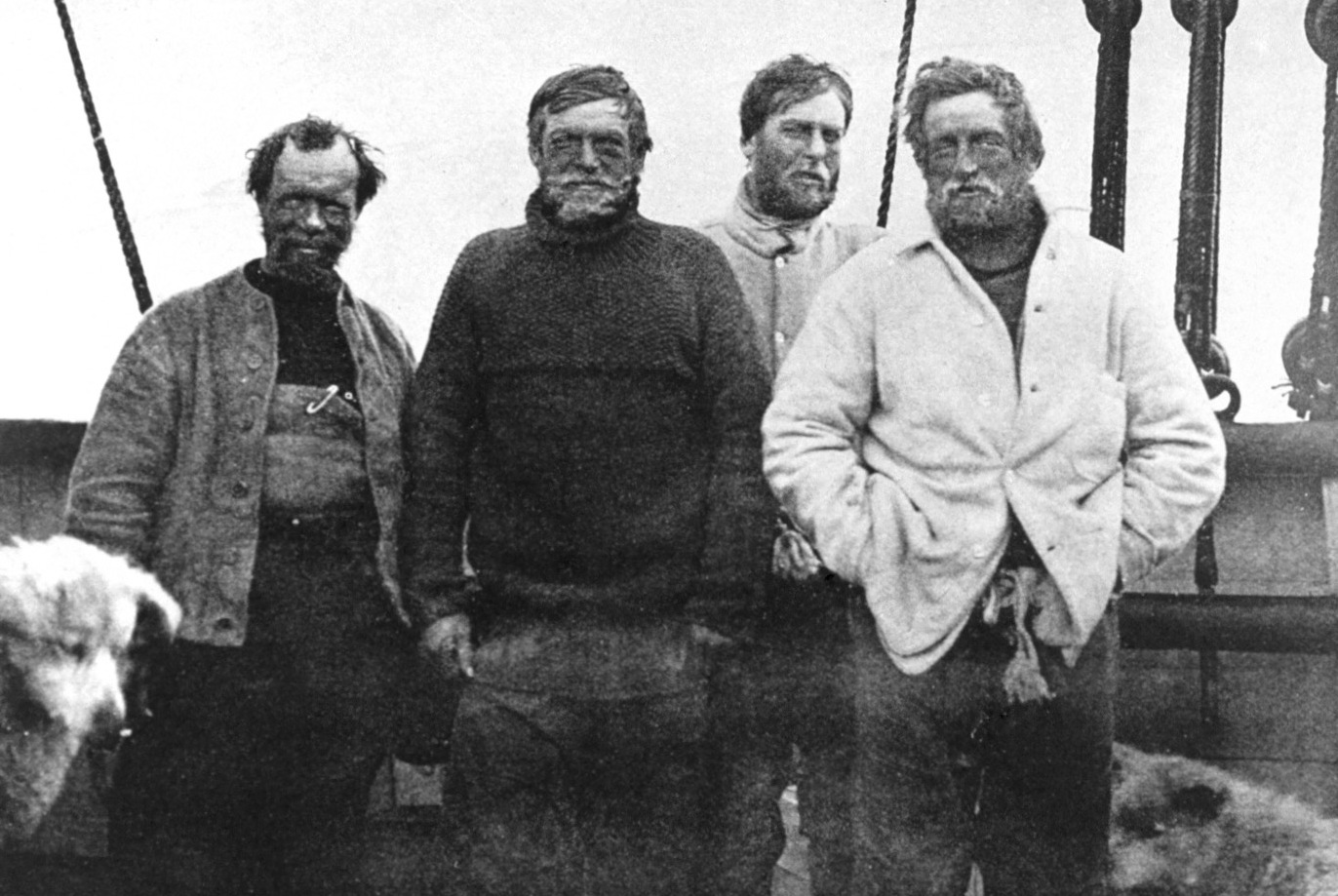 James Murray, Wikimedia Commons
James Murray, Wikimedia Commons
Shackleton's Sad Fate
Shackleton certainly seemed to have the willingness to keep going, but sadly, his peers certainly noticed something had changed in him. Reportedly, he seemed to have lost some of his spark.
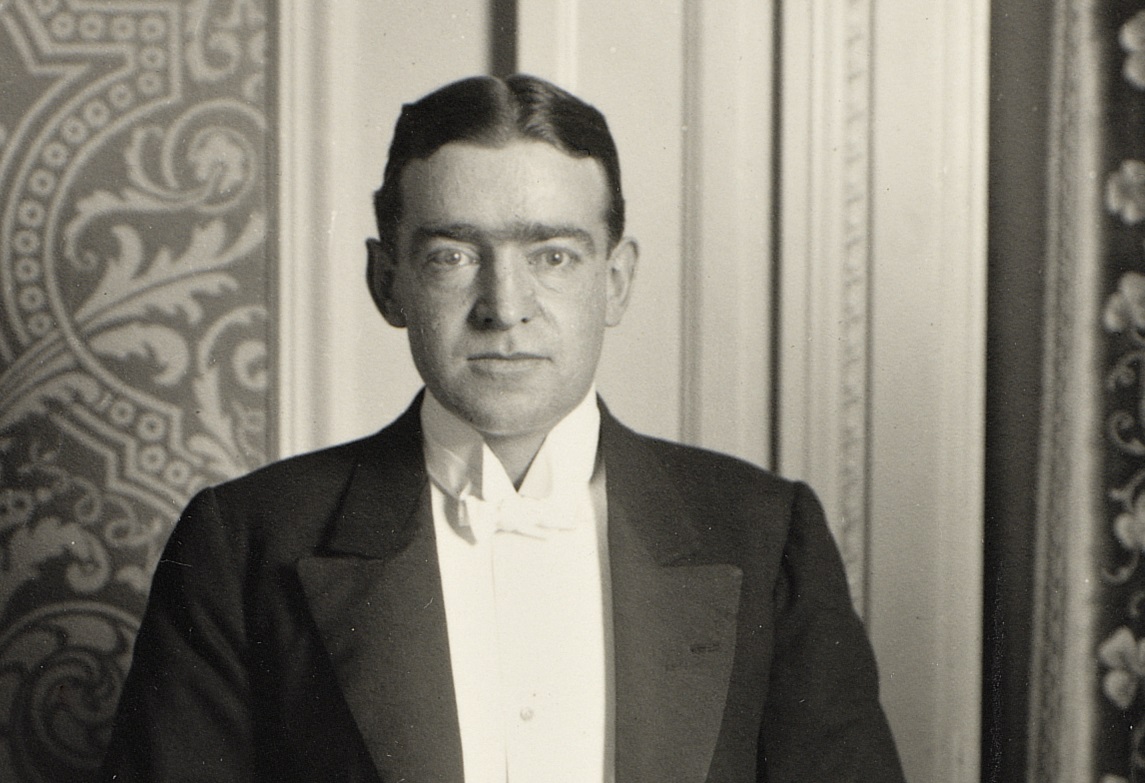 Nasjonalbiblioteket from Norway, CC BY 2.0, Wikimedia Commons
Nasjonalbiblioteket from Norway, CC BY 2.0, Wikimedia Commons
Shackleton's Sad Fate
Sadly, this final expedition had barely begun when tragedy befell the famed explorer on January 5, 1922. While in South Georgia, 47-year-old Ernest Shackleton suffered a fatal heart attack.
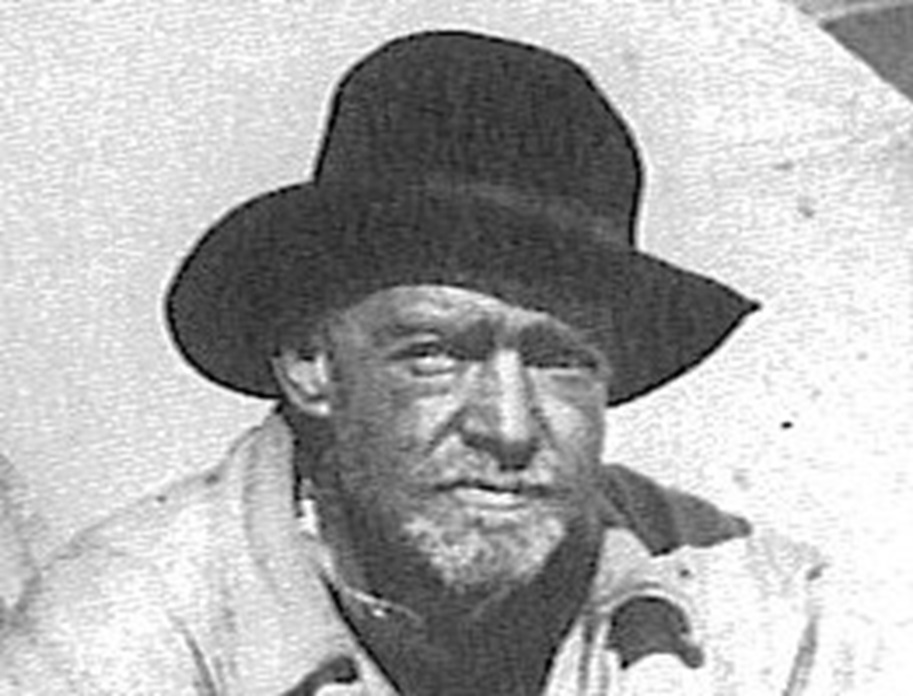 Unknown Author, Wikimedia Commons
Unknown Author, Wikimedia Commons
Shackleton's Sad Fate
Shackleton may have gone out too soon, but his legacy is set in stone. The incredible survival story of the Endurance crew will never be forgotten.

